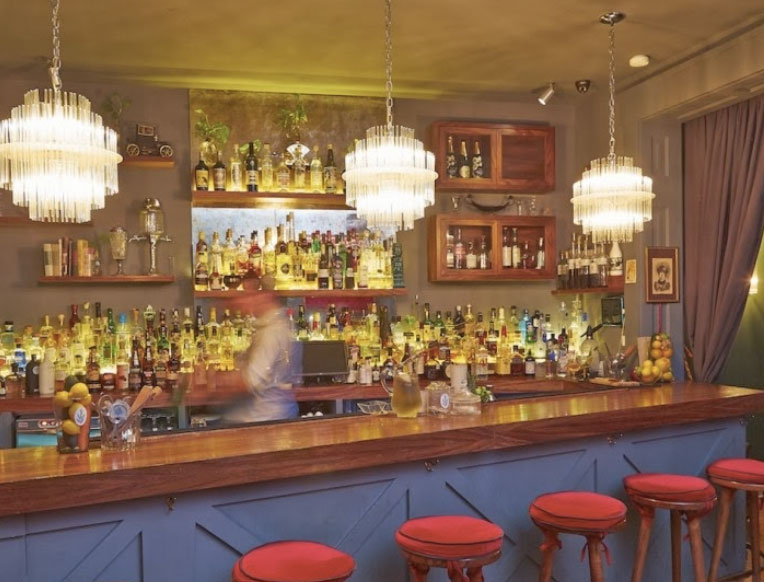The Mexico City Guide

Abarrotes Delirio
Cafe · Juarez
"After the success of her restaurant Delirio, Monica Patiño opened up a smaller, more minimal locale in the Roma named Abarrotes—a reference to the old-fashioned general stores where people used to shop before the arrival of the major supermarket chains. Here she sells her carefully selected produce, freshly baked breads, prepared foods, local jams, honeys, wines, and other special treats. And for those who need a quick gourmet fix, there's a window outside serving up coffees, desserts, and the ubiquitous tortas."
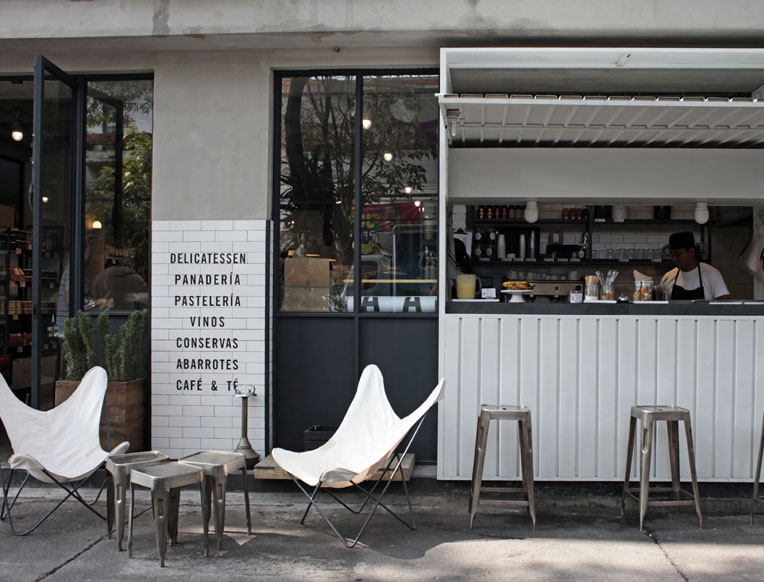
Mercado Roma
Market · Hipodromo
"A fun take on the traditional covered markets, the Mercado Roma is a one-stop-shop for indie gourmet snacks. Here, many of the city's up-and-coming chefs and food brands have set up shop selling everything from fresh juices, to fair-trade coffee, Spanish tapas, classic Mexican snacks, and more. The stand not to miss is Umami which dishes a selection of sushi-style burritos. Always crowded at lunch time, visitors can take a spin, choose their treats, and try and find a spot at the wooden communal tables stationed at the back."
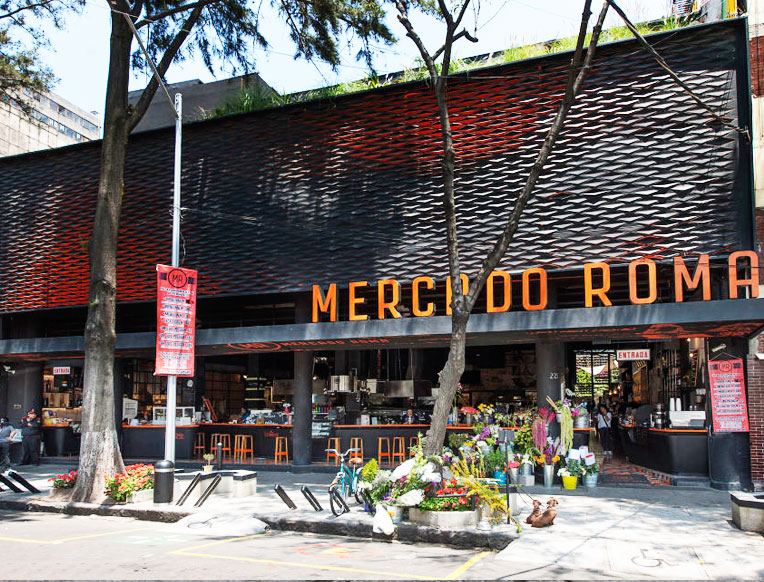
Maque
Restaurant · Juarez
"Many traditional Mexican pastries like the Concha and the Oreja can be traced back to French origins, so this pretty Parisian-inspired café makes perfect sense. Here, coffees, Mexican egg breakfasts, and perfect pastries are served in the airy dining room and outside on a leafy, secluded corner in the Condesa. Besides the bread, the best thing about this place are the old-school pinafores and lacy aprons that the bakers wear. There's a second location in Polanco."
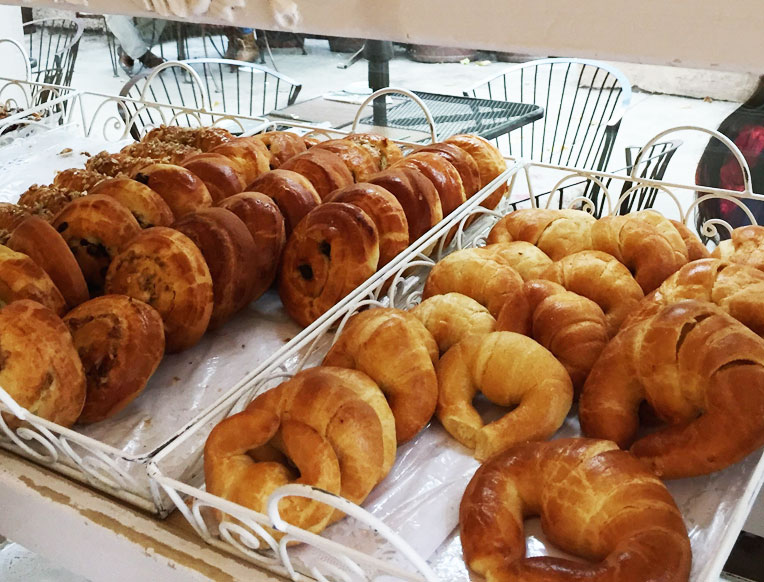
Panadería Rosetta
Bakery · Roma Norte
"You'll be lucky if you can grab a seat at this charming and teensy hole in the wall, but you can always take their incredible pastries and snacks to-go on a walk around the Roma. The Panadería is an extension of the acclaimed Italian restaurant Rosetta, where chef Elena Reygadas was churning out European breads and pastries of such quality, that its own separate bakery (now two) was in order. The croissants, cinnamon rolls, ricotta rolls, and focaccias are pretty perfect, and a nice break from the traditional Mexican classics."
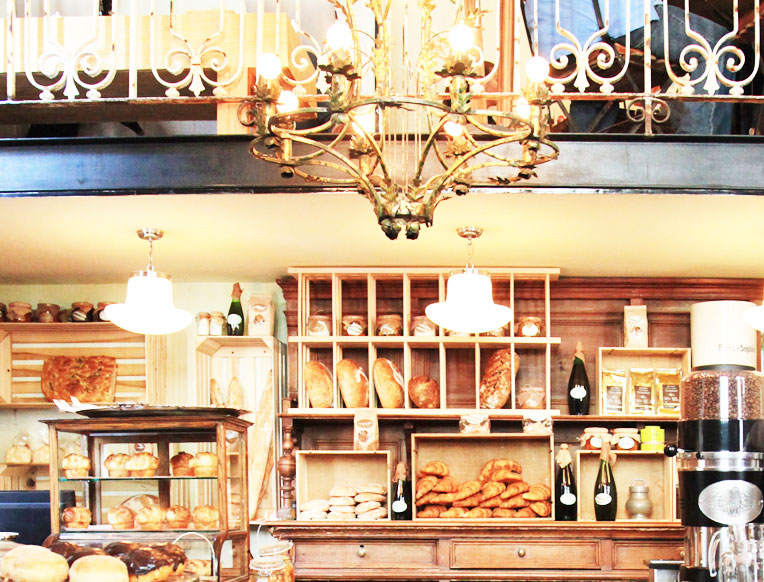
Nevería Roxy
Ice cream shop · Lomas de Chapultepec
"The Condesa locale of this authentic soda fountain and sorbet (nieve) shop has been around since the late 1940's, serving up light sorbets, milkshakes, and ice cream sundaes. Today it remains pretty much unchanged and totally retro, with the addition of a few well-executed replicas in other Mexico City neighborhoods. While they'll put together a mean banana split, a single scoop cone of any of their sorbets (lemon, mandarin, mamey, chicozapote, melon, pineapple, etc.) hits the spot."
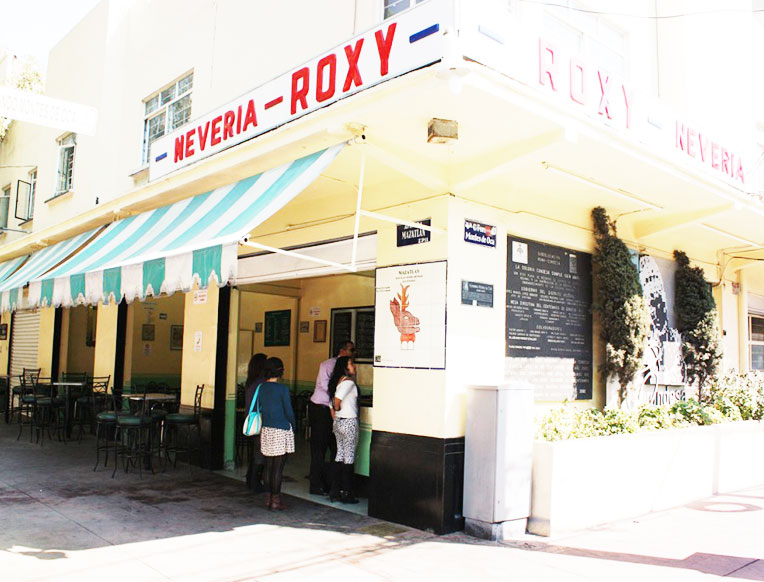
La Nicolasa
Permanently Closed
"If you ever wondered how and where chefs like Enrique Olvera of Pujol find the rare, organic, regional ingredients that even locals don't know about, it's at this famous delicatessen in off-the-beaten-track Colonia Claveria (though there's a new-ish sister shop in Condesa now, too). Here, Chef Gerardo Vazquez Lugo, the man behind the wonderful Restaurante Nicos, and one of the main representatives for Slow Food in Mexico, sources the best regional products across the country, from Oaxacan cheeses, to foraged mushrooms, ancient grains, dried chilies, and more."
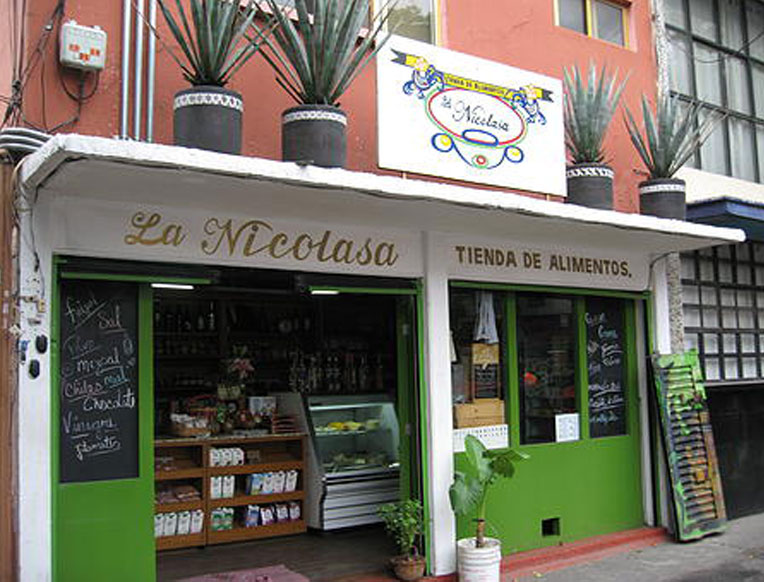
Dulcería de Celaya S.A. de C.V.
Candy store · Centro
"This is one of the most beautiful candy shops in Mexico, if not the world. In the same spot in the Centro for over a century, the space itself is a relic from a time past: The wooden display cabinets, baroque-style mirrors, and even the sign haven't changed in over 100 years. The sweets haven't changed much either, as the Dulceria is one of the only places where you can still find such an array of traditional sweets from cajeta, to mazapan, to cocadas, to an insanely sweet, perfectly moist pay de rompope (eggnog cake)."
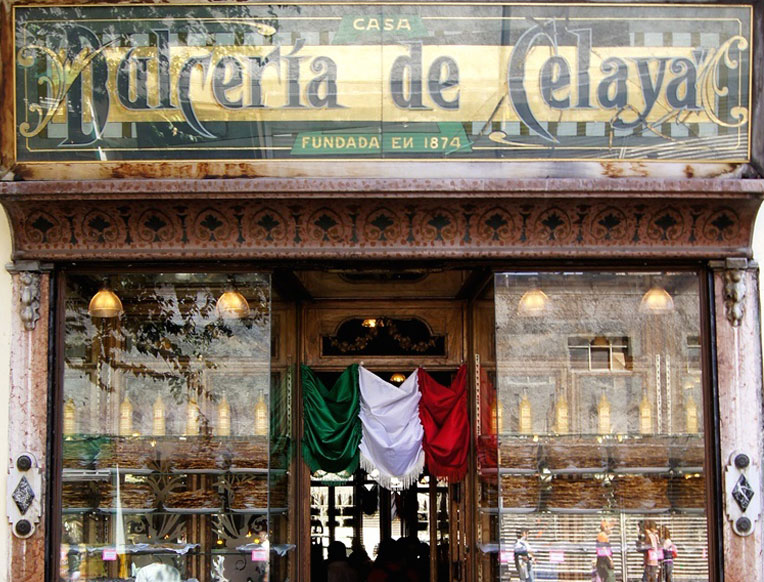
Tlapaleria Gastronomica
Permanently Closed
"The guys behind the ever popular El Parnita have gone out and revealed some of their secret ingredients at this new gourmet shop. They're stocking all their favorite finds from across the country—cheese, wine, chilies, spices—along with their own jams, moles, olive oils, etc. They've also designed beautiful packaging, not to mention gift boxes, making this an ideal place to buy hostess gifts and mementos."
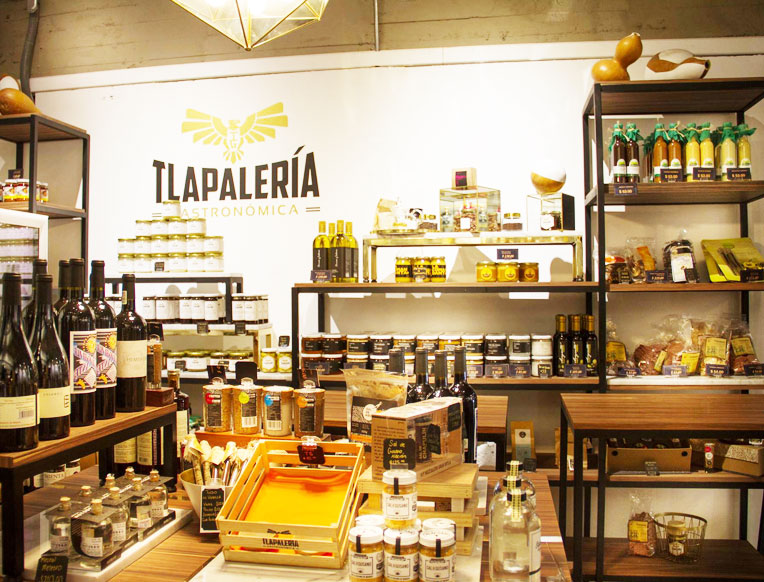
Chiquitito Café
Cafe · Nápoles
"It was only a matter of time before Mexico City got its own hipster fair-trade artisanal café, and this teensy one couldn't be more on point when it comes to sustainability. As the name implies, the perfectly roasted and brewed espresso comes from a small grower in the state of Veracruz, which is famous for its coffee. Fittingly, they serve up a great café con leche, a warm and sweet milky coffee drink that's famous in that part of the country, along with cappuccinos, matcha lattes, chai teas, and more."
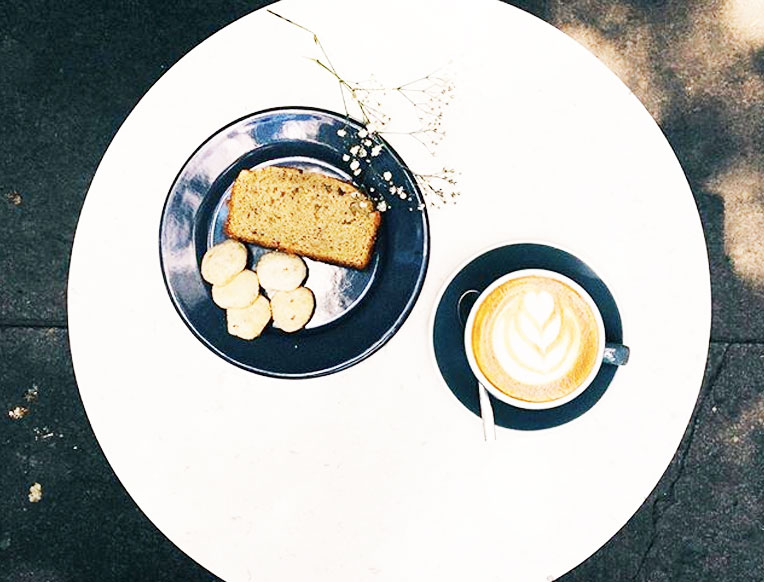
Churrería El Moro
Churreria · Centro
"This legendary "churreria" has been open in the same locale in the Centro since 1935 when the Spanish owners bought the property and imported the Spanish fried-dough delicacy to Mexico. They've been going ever since, in the same old building, with floor to ceiling tiled interiors, and the same menu of churros and four hot chocolate varieties—the thick Spanish version, traditional French style, cinnamon and vanilla-infused Mexican variety, and Swiss, which comes with whipped cream. There are a couple of new specialties on offer, including their take on the ice-cream sandwich, but nothing beats dipping a plain churro into a mug of hot chocolate. If the Centro is too much of a journey, they have a new stand at the Mercado Roma."
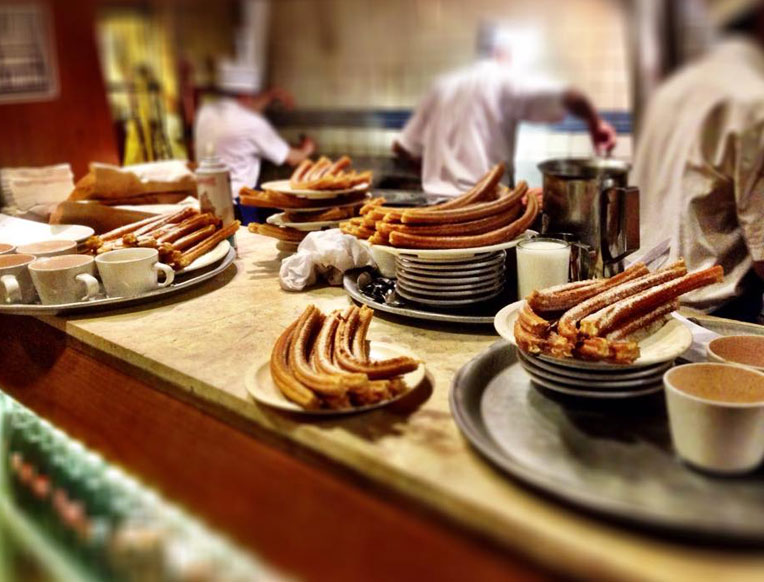
Las Alcobas, a Luxury Collection Hotel, Mexico City
Hotel · Polanco
"At this thirty-five rooms strong, the international design firm Yabu Pushelberg has done an outstanding job of tastefully incorporating Mexican motifs into a contemporary setting beginning with the stunning spiral rosewood staircase leading from reception into the hotel’s breakfast room and spa. Each of the rooms and apartment-like suites feature this same attention to detail when it comes to décor, with custom-made furnishings, luxurious marble bathrooms, and floor-to-ceiling windows throughout. It’s also home to two great restaurants, Anatol and Dulce Patria, which are among the best in the city for fresh Mexican cuisine."

DOWNTOWN MEXICO
Hotel · Centro
"The Mexican boutique hotel company Grupo Habita really does have its fingers on the pulse when it comes to opening in the right neighborhoods. Their design hotels seem to pop up just seconds before another area hits the big time. In this case, it's the city's downtown, or "Centro," which has undergone a massive re-haul in the past decade—thanks in part to Mexican multi-billionaire Carlos Slim—and is now suddenly the place everyone wants to be. Downtown is located in a 17th-century palace, with a classic colonial courtyard, a 1940's mural by Rafael Gonzalez Lozano, and 17 pared-down bedrooms with high vaulted ceilings, traditional terracotta-tiled floors, and many original architectural details. With a rooftop pool and bar overlooking the other ornate colonial rooftops of the Centro, it's a pretty ideal oasis from the bustling streets. The Downtown shares the palace with several small, independent boutiques, the traditional Mexican restaurant Azul Historico, and a hostel named Downtown Beds."
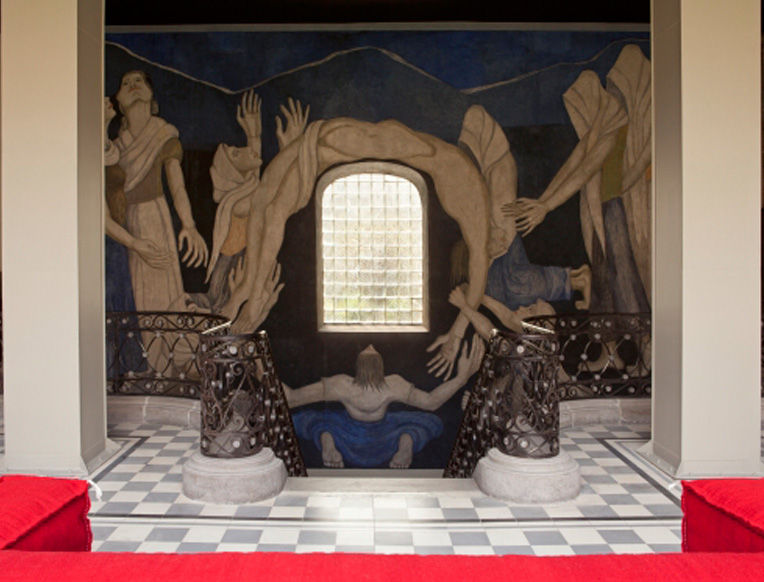
Hotel CondesaDF
Hotel · Condesa
"In the last 20 years, the Condesa neighborhood has had a major revamp, where independent businesses and young professionals have taken up residence in beautiful old Neoclassical and Art Deco buildings from the last century, and the India Mahdavi-designed CondesaDF is pretty much the neighborhood's crown jewel. The rooms are known to be minimal—bordering on sparse—making the real highlight outside the bedroom doors. There's a rooftop bar serving up some of the city's best sushi, not to mention stunning views of Chapultepec park, and the downstairs open-air dining room is great for a quick bite or drink. There's also a tiny Hammam spa for a dose of relaxation after a long day exploring the nearby independent shops, cafes, restaurants, and galleries."
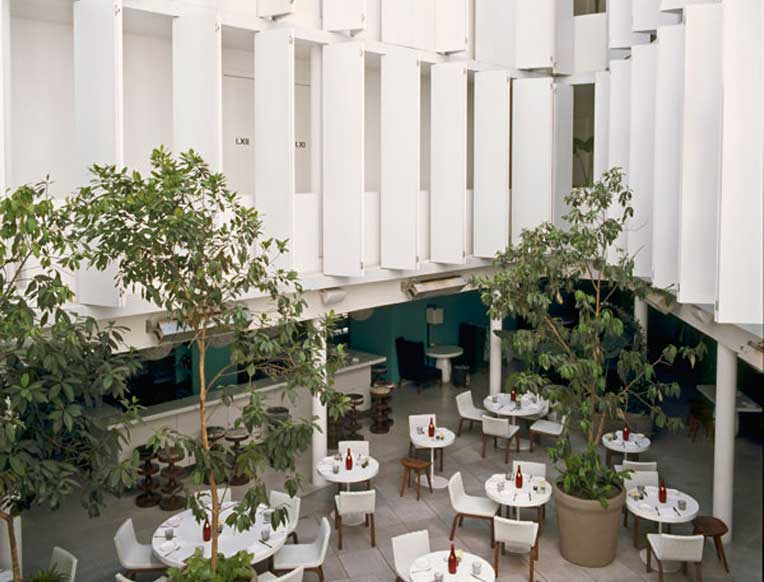
Hotel CondesaDF
Hotel · Condesa
"In the last 20 years, the Condesa neighborhood has had a major revamp, where independent businesses and young professionals have taken up residence in beautiful old Neoclassical and Art Deco buildings from the last century, and the India Mahdavi-designed CondesaDF is pretty much the neighborhood's crown jewel. The rooms are known to be minimal—bordering on sparse—making the real highlight outside the bedroom doors. There's a rooftop bar serving up some of the city's best sushi, not to mention stunning views of Chapultepec park, and the downstairs open-air dining room is great for a quick bite or drink. There's also a tiny Hammam spa for a dose of relaxation after a long day exploring the nearby independent shops, cafes, restaurants, and galleries."

Four Seasons Hotel Mexico City
Hotel · Nva Anzures
"You pretty much know what to expect from a Four Seasons anywhere in the world, which is top-notch service, beautifully appointed, if slightly trad, interiors, and all the hotel amenities you could ask for. This Four Seasons is no exception, and its location in a stunning colonial-style building right on Paseo de la Reforma adds plenty of local charm. There are 240 individually decorated rooms, featuring tastefully chosen Mexican art and design items. Plus, the gorgeously landscaped patio—a common feature in colonial architecture—is where you'll want to spend most of your time in the hotel, either in the pool or having breakfast al fresco. For families traveling with kids, this is probably the best bet, with child-proofed rooms on request, age-appropriate toys, and games provided on arrival, and chauffeur services and city tours to book directly from the concierge."
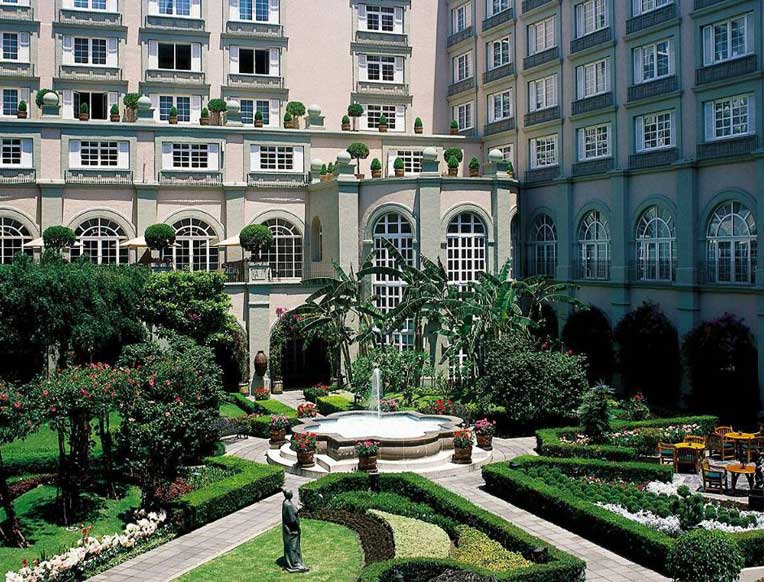
St Regis Mexico City
Hotel · Nva Anzures
"This is one of the more recently opened hotels in the city, and definitely among the splashiest: For starters, it's one of the few skyscrapers down one of the city's main arteries, Paseo de la Reforma, which means the city views from the inside the hotel are pretty phenomenal. We also hear service is on point, beginning with a glass of champagne at check-in, and traditional butler service throughout your stay. Rooms are beautifully appointed in plush, contemporary furnishings in a subtle palette of greys and pastels. Plus, the Remede Spa is where locals in the know book in for a pamper, and the adjoining pool boasts amazing views. It's basically exactly what you'd expect from a St. Regis anywhere in the world, the only disadvantage being that it lacks a sense of local quirk and color (though there's plenty of that outside the glass doors)."
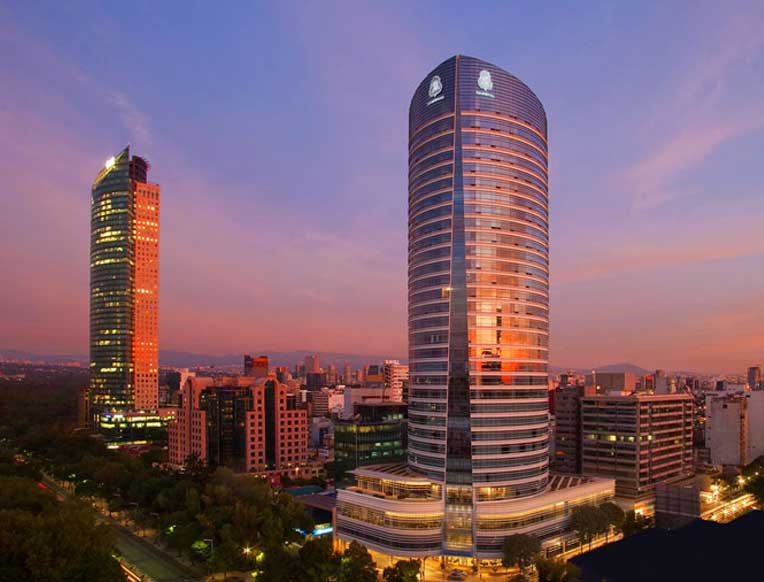
Ignacia Guest House
Hotel · Centro Urbano Benito Juárez
"You don’t quite expect the quiet chic of the Ignacia Guest House as you’re walking down the gorgeous, tree-lined street it sits on in Roma. Roma is cool in the vein of say, Greenpoint, where the Ignacia seems more like a secret hideout in Milan. Named for a housekeeper who worked at the casona for over seventy years (there are gorgeous block-print portraits of her in numerous alcoves), Ignacia’s a stunning combination of historic restoration and modernist architecture. All of it overlooks the leafy central garden overrun with cacti and trees dangling with fruit; a bubbling, rusted square cast-iron tub bubbles meditatively at its center. The rooms are exquisite and earthily cushy. Beautiful expanses of wood and velvet are punctuated with low, sexy lamps, and the marble bathrooms are stocked with fluffy bathrobes and large brown bottles of local organic beauty products. But sitting in the garden is the ultimate. After a long day, sip a handmade cocktail stirred with artisanal mezcal as you watch sun-dappled lily pads float lazily across the central tub, and feel more at sexily at ease than you’d have thought possible in the middle of a busy city. Wake up to breakfast tacos with handmade tortillas, incredible coffee, and just-plucked fruit—also in the hushed garden—and know you’re coming back, soon. Photos courtesy of Jaime Navarro."
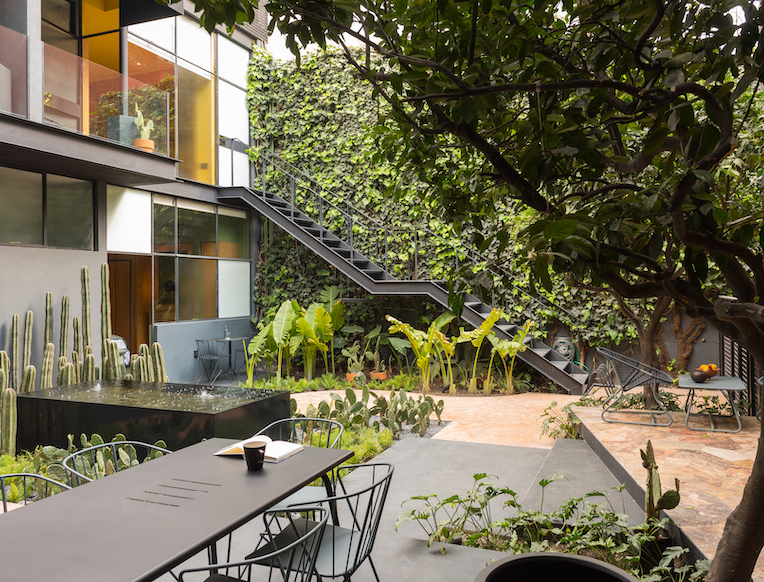
San Juan Teotihuacán
Teotihuacán Municipality
"Depending on traffic out of Mexico City, you can get to this mysterious Pre-Columbian pyramid complex in about an hour and a half. It's hot, it's visited by droves of tourists, and there is little to no respite from the sun, but it's worth the schlep to see some of the best preserved ruins in the country. It's still unclear exactly which Mesoamerican group settled down here, but Teotihuacan's influence was felt all the way to Guatemala, and the Aztecs considered it a holy city. With tall, climbable pyramids—some of the tallest in the world—built to honor both the Sun and the Moon, and some incredibly well preserved ancient wall murals, it's a pretty great introduction to Mexico's ancient roots. The temple of Quetzalcoatl is one of the most magnificent looking, decorated with sculptural representations of the plumed serpent god, while the often-missed Tepantitla complex, behind the Pyramid of the Sun, has spectacular frescoes of prominent gods and holy figures in Mesoamerican mythology. Many archaeological findings from the site are at the Museo de Antropología, though the on-site museum provides a solid introduction to the area."
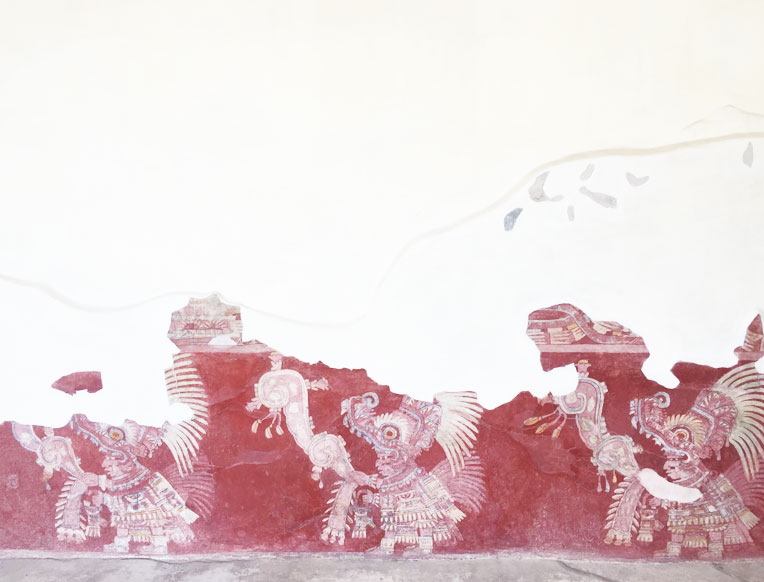
Xochimilco
Belen
"Granted, these colorful, gondola-like boat trips are of one of the classic tourist activities in Mexico, and you'll need to summon all your hardcore negotiating skills when hailing a trajinera, but spending the afternoon cruising the ancient canals in this area by boat is a lot of fun. Many local families head here for long, lazy afternoon cruises, accompanied by hired mariachi groups who serenade them via boat. Beers and snacks can be hailed on the canal too, meaning you don't have to pack too much of a picnic."
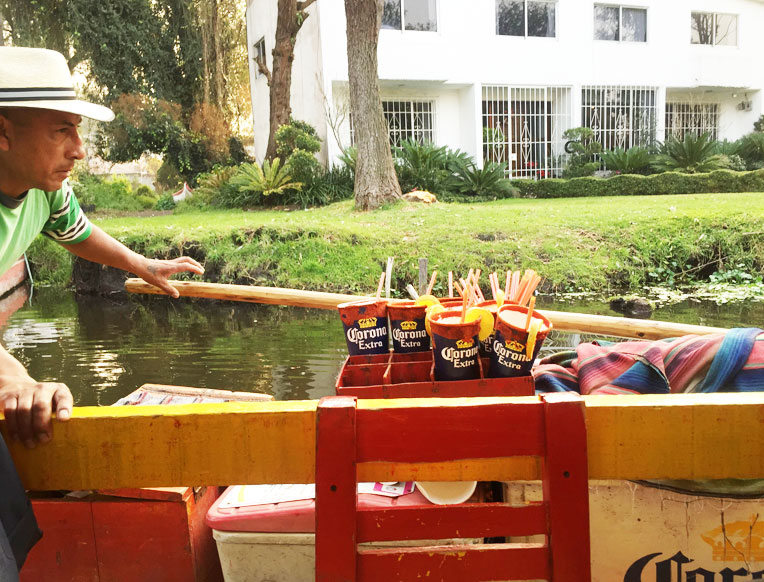
Chapultepec Castle
Castle · Lomas de Chapultepec
"Fun fact: Mexico was, for a short time, under the rule of Maximilian I, a puppet emperor put in place by Napoleon III. The empire didn't last long, but his 18th-century castle on a hill overlooking Chapultepec Park remains. Today it's the National Museum of History, adorned in historical murals by José Clemente Orozco, Juan O'Gorman, and David Alfaro Siqueiros, and displaying costumes and historical ephemera from the 16th-century on. The most exciting rooms, though, are the ones that show exactly how the Emperor and his wife lived in the castle; meanwhile, the views of the park below are stunning."
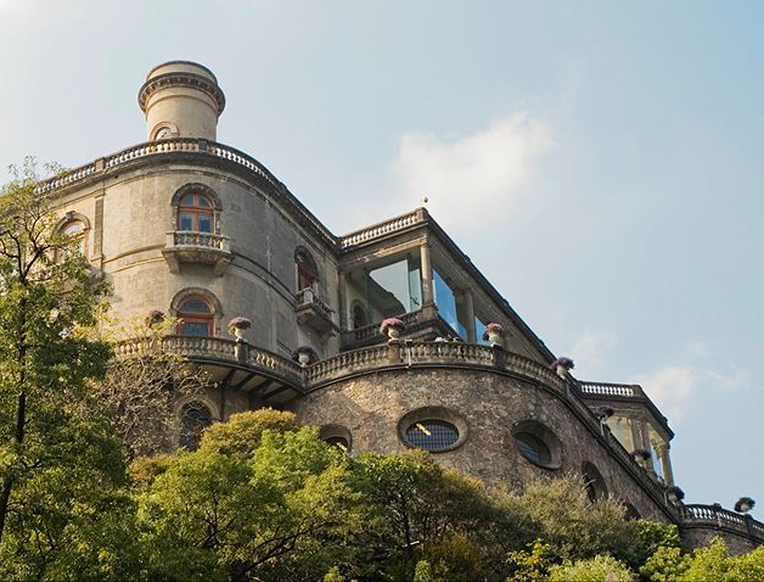
Bosque de Chapultepec
Park · 1ra Secc Del Bosque de Chapultepec
"Encompassing the zoo, the botanical gardens, several man-made lakes, museums, a system of aqueducts developed by the Aztecs, and crowned by Mexico's one-time emperor Maximilian's castle, Chapultepec Park is unsurprisingly one of the largest city parks in the world. The center of all the action is right off the Paseo de la Reforma near the Museum of Anthropology, where most of the park's major attractions are located through the grand wrought iron entrance gates. Hike up to the castle and get lost on the way, discovering its many kid-friendly features, including a scenic lake where you can rent pedal boats."
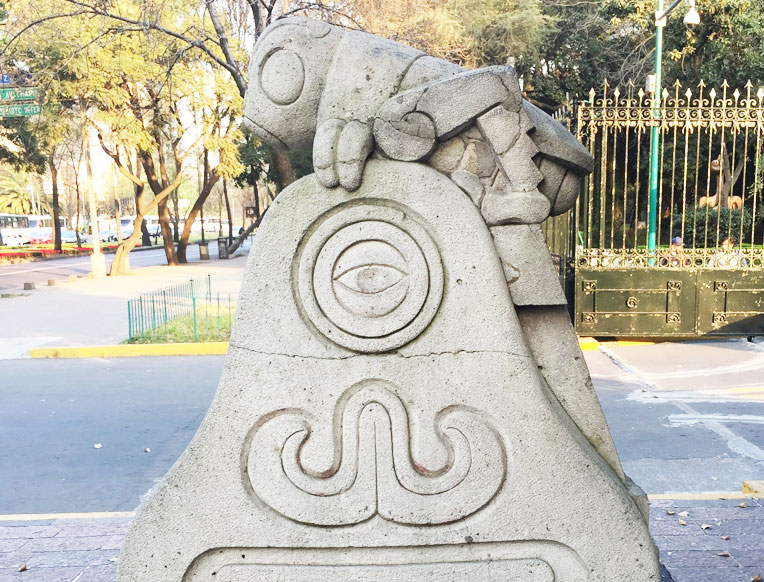
Biblioteca Vasconcelos
Library · Colonia Santa María la Ribera
"This massive public library is absolutely striking and worth the journey for anyone with an interest in architecture. Designed by Alberto Kalach, amazingly, the bookshelves actually form part of the building's structure, so that the individual book spines fill the space with thousands of colors. A Gabriel Orozco whale skeleton hangs in the lobby and there's a well-manicured botanical garden outside, just a couple more reasons why this space is so awesome to hang out in, regardless of whether you're checking out a book."
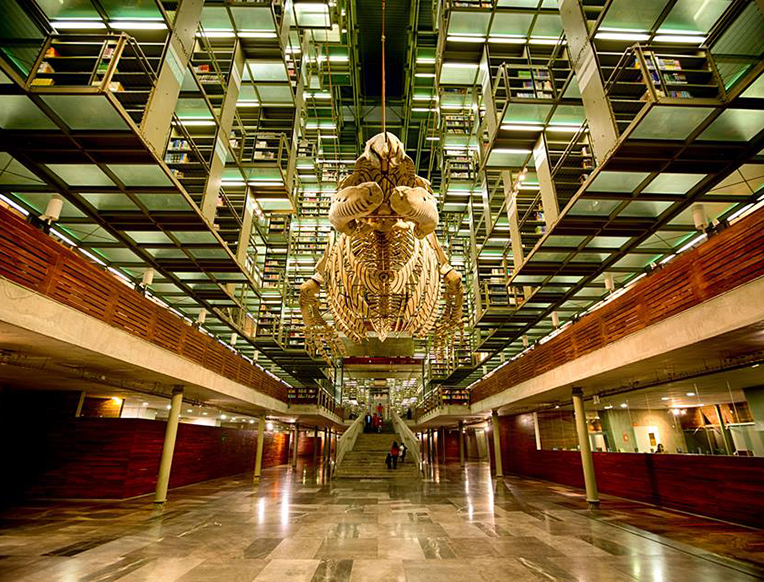
Universidad Nacional Autónoma de México
University · Conjunto Res Insurgentes San Angel
"The national university (UNAM) is located on a sprawling campus in the south of the city, and worth a full day's trip down to explore the area. The campus is also known as Ciudad Universitaria, and it is indeed so big that it is like its own city. Hit a Pumas soccer game in the Olympic stadium, check out the monumental murals by Juan O'Gorman and David Siqueiros, enjoy Modernist Mexican architecture in its full splendor, discover the hidden Sebastián, Manuel Felguérez, and Mathias Goeritz sculptures in the overgrown sculpture garden, and then catch the latest exhibition at the awesome Museum of Contemporary Art (MUAC). In short, there's a lot to do."
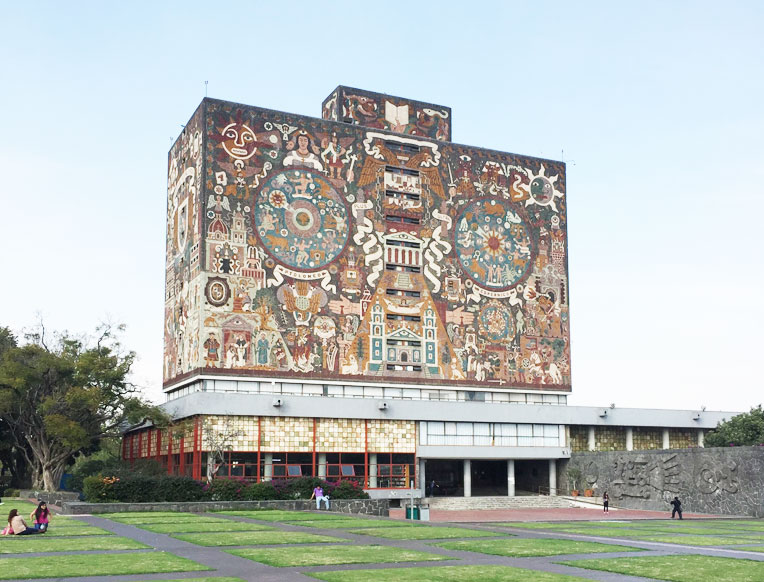
Delirio
Mediterranean restaurant · Hipodromo
"With prime real estate on one of the main drags in the Roma, this corner deli-turned-restaurant serves the best Mexi-Mediterranean brunch in town. This translates into long lines on weekends for dishes like Greek Eggs, served with olives, tomato relish, and fresh, warm pita bread. Come for lunch and you'll find wonderful tortas, sandwiches and salads to choose from, too. The real highlight here, though, are the ingredients, which are proudly displayed on the deli counters throughout the space, and which owners Monica Patino (one of the big names in Mexican cuisine) and daughter Micaela Miguel, go to great pains to source from local and global suppliers. There's everything from Ensenada olive oil, to French wines, to hard-to-find Middle Eastern ingredients, to small-batch honeys, coffees, teas, and jams produced all over the country."

Pujol
Mexican restaurant · Polanco
"Enrique Olvera's Pujol tops pretty much every list when it comes to dining in Mexico City. Using native ingredients like ant eggs and huitlacoche (a delicacy made out of corn fungus), he's completely deconstructed Mexican cuisine molecular gastronomy style, so while some of the ingredients may be recognizable, the flavors on offer are totally new. Here, in a small, dark, and unassuming dining room decorated with white tablecloths and stark white tableware, it's Olvera and head chef Erick Guerrero's culinary experiments that take center stage: There might be an egg hidden in a puffed tortilla, or a taco may come in liquid form. The daily-changing prix fixe menus are full of surprises, and a must-do when in town. Photo: Fiamma Piacentini"
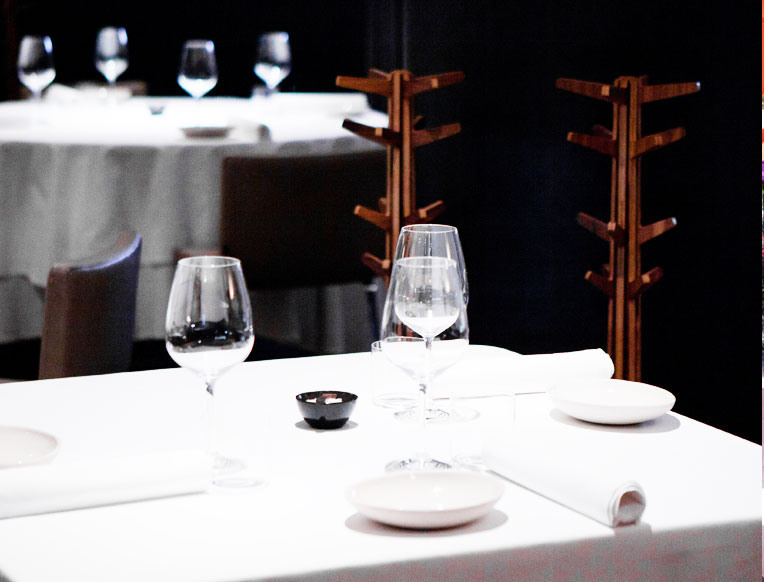
El Cardenal
Mexican restaurant · Centro
"Don't let its location in the Centro's Hilton fool you into thinking this is a tourist trap: El Cardenal has been around in several incarnations since the 80's and is one of the more formal restaurants for Mexican food, where high-fliers take their business clients and families do Sunday lunch. The menu is extensive and for newcomers, a perfect introduction to regional cuisine, from their traditional Chiles en Nogada to Enchiladas, to whole roasted fish and tacos de Arrachera (steak)—the best in town. Beyond lunch, though, breakfast is where it's at with a selection of freshly baked pastries, authentic hot chocolate, freshly squeezed juices, and traditional egg dishes—the ultimate mix of sweet and savory."
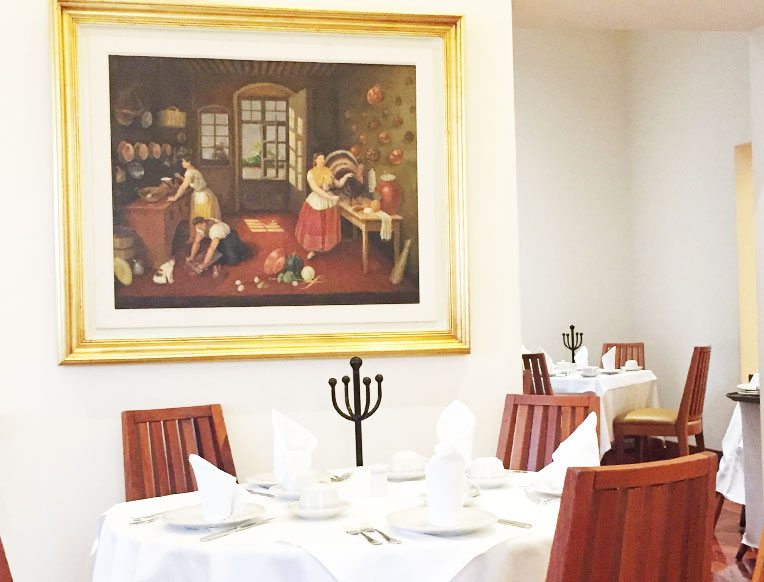
Merotoro
Restaurant · Hipodromo
"This spot from the owners of Contramar is yet another successful foray into importing quality seafood to Mexico City. With their support, Chef Jair Tellez, who first made a name for himself with Laja, a restaurant located in the Valle de Guadalupe wine region in the Baja Peninsula, brings his brand of Spanish-influenced, northern coastal cuisine to this street-side deck dining room in the Condesa. In the spirit of surf and turf for which the restaurant is named, there are delicate ceviches, seasonal salads, whole roasted fish, and serious hunks of lamb and pork on offer. Along with the food, the wine list boasts many of Mexico's best producers from the Ensenada region in the north, and there are Mexican craft beers available, too."
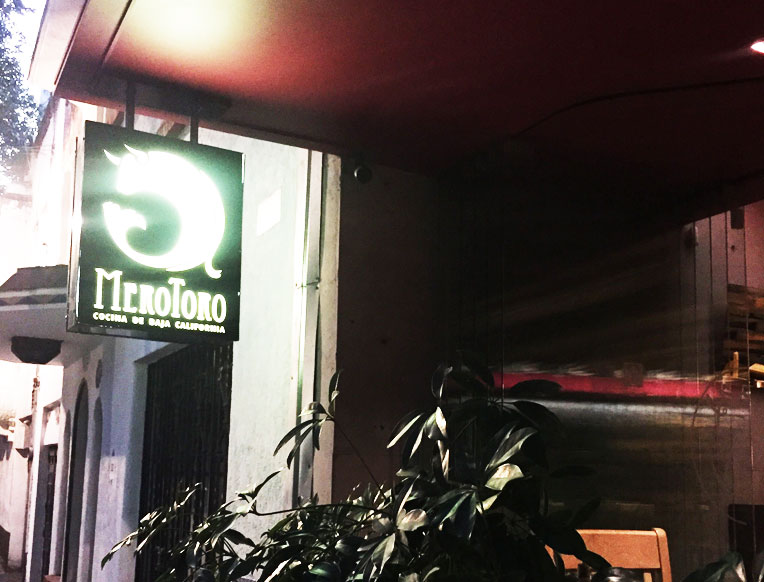
Taqueria Gabriel
Taco restaurant · Cuauhtémoc
"The lonchería is an old-school concept, a casual diner where office workers got their lunchtime fix, but in the hands of the guys behind Bravo, it's also a haven for serious foodies. They've taken the torta—a meaty sandwich served on a house-made bolillo roll—and made it gourmet, with a daily-changing menu of options packed with pickled veggies, hot sauces, regional condiments, and moles. Here hipsters and office workers pack into the long bar that loops through the industrial-chic space, complementing their meal with craft beers and mezcal."
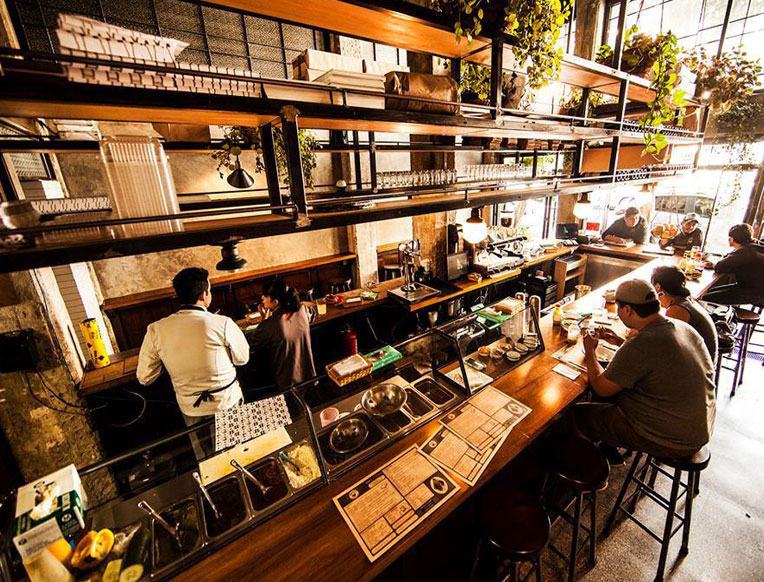
Casa Virginia
Fusion restaurant · Hipodromo
"After opening their wonderful café, Delirio, on a busy corner in the Roma, prominent chef Monica Patiño and her daughter Micaela Miguel managed to charm the building's owner, an elderly woman named Virginia, into renting them the entire building—a 1920's French Beaux Arts-style home with high ceilings, tall windows, and old-fashioned tiled floors. They then created Casa Virginia, a homey and refined space. The menu changes often, including ratatouilles—the restaurant's now-famous red snapper covered in tapenade—and a great assortment of veg-centric, seasonal dishes are all served family-style in the airy, white-washed dining room. Meanwhile, up on the rooftop, they've installed a small but fully-functioning garden where many of the kitchen's ingredients are sourced."
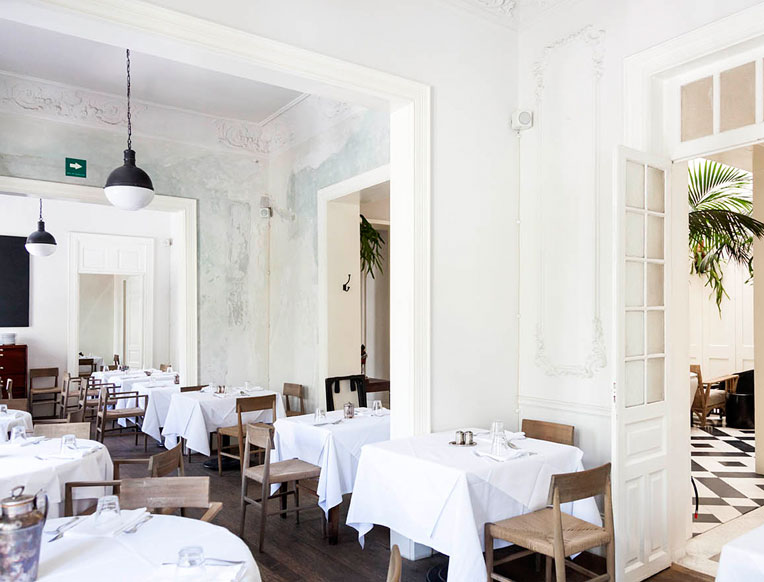
El Parnita
Mexican restaurant · Centro Urbano Benito Juárez
"The family behind this small, unassuming open-air cafeteria have mastered the art of the snack, collecting recipes from around the country for years and finally serving their discoveries in an endless stream of small plates (and small plates alone). Tostadas, shrimp tacos, tlacoyitos (fried balls of masa served with refried beans, cream, and avocado), freshly made tortillas, their famous killer habanero salsa: Everything here is delicious and made fresh daily. Head over on the weekend and you're in for barbecued treats—meat or seafood, depending on what's fresh on the day."
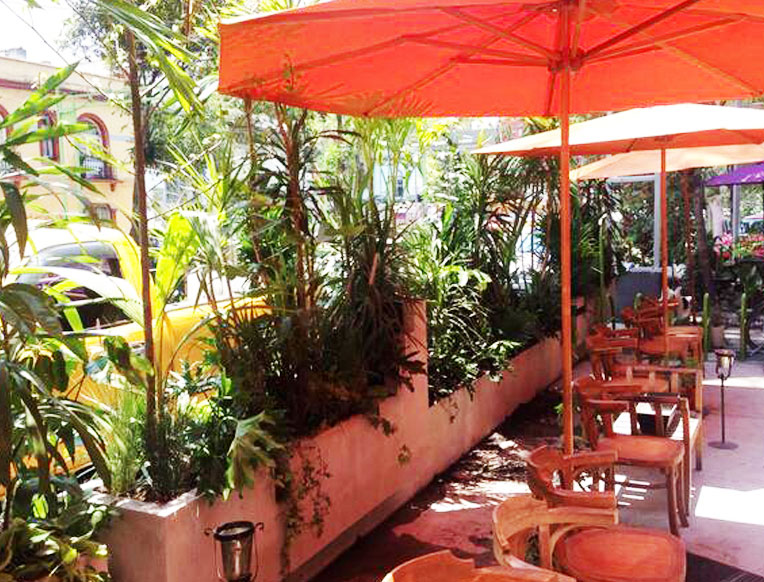
Azul Historico
Mexican restaurant · Centro
"Ricardo Muñoz Zurita, the chef behind this small chain of restaurants, has developed and re-discovered certain moles and salsas that were otherwise almost totally unknown in Mexico City, even among serious foodies. The Mole Negro, heavily condimented Chipotle salsa, and Oaxacan tortilla soup are just a few of the highlights that also happen to be among the most affordable when it comes to serious gourmet eats in town. Of his four restaurants, his latest opening on the patio of a 17th-century palace, is definitely the most glamorous, and a heavenly break from the Centro's busy streets."
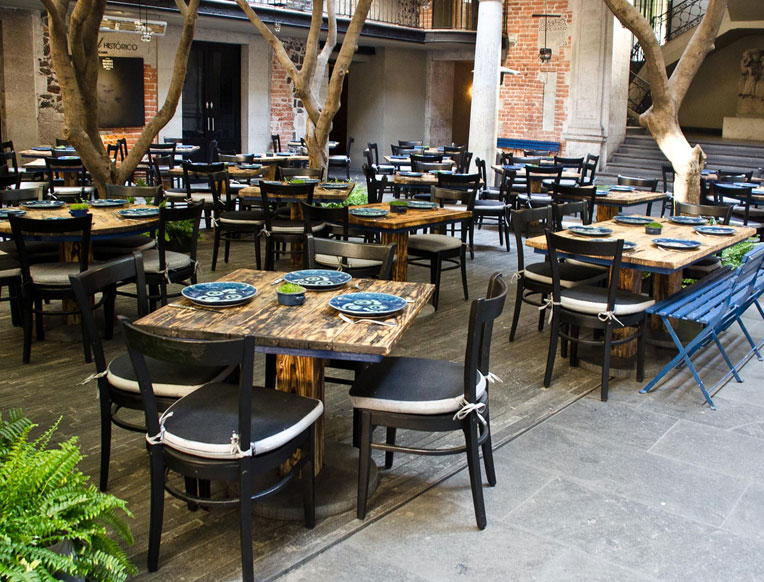
Loncheria María Isabel
Mexican restaurant · Polanco
"Pretty much every single dish at this old-school luncheonette is fried, and so incredibly worth it. The main highlight are their quesadillas (pockets of fried masa filled with cheese and a choice of potato, chorizo, spicy rajas, etc.) which are served sizzling on plastic plates. After one or two of these babies and their famous flan after, an Alka-Seltzer comes in handy, as does a long walk—a treat in this beautiful old neighborhood dotted with boutiques, bars, and cafes."
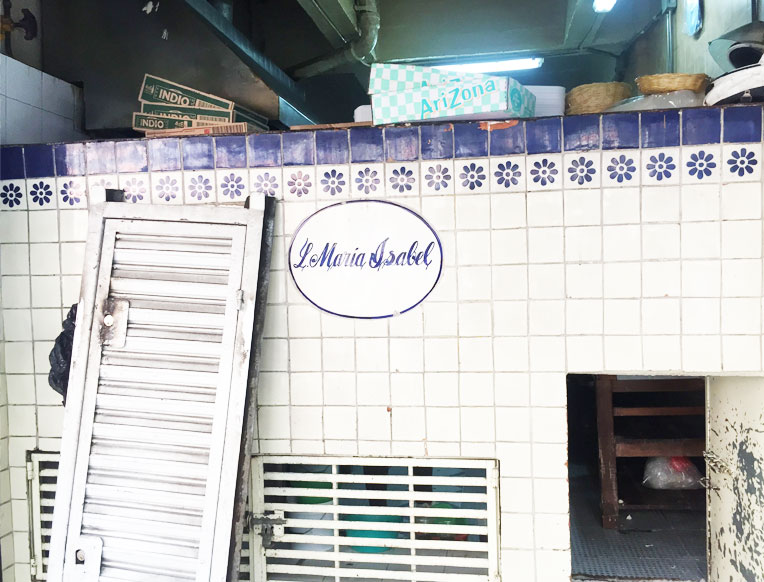
Maximo
Fine dining restaurant · Roma Norte
"When the team at Maximo Bistrot says "daily-changing menu," they mean it. Early every morning, the cooks at this Parisian-inspired corner restaurant head to the local markets to buy the day's freshest ingredients, and then chef Eduardo Garcia comes up with the dishes: Luscious risottos, perfectly moist roast chicken, an amazing burnt eggplant dip, even a simple beet dish is a revelation. It's no surprise that celebrities, tourists, local office workers, and residents all happily share this teensy, charming eatery."
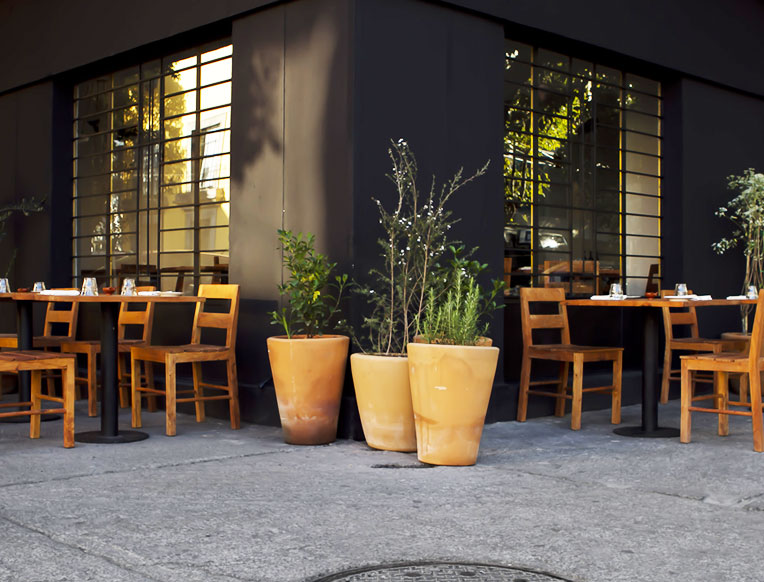
Rokai Ramen-Ya
Ramen restaurant · Cuauhtémoc
"The best seats in the house at this authentic Japanese spot are at the bar, and the only way to go is omakase, letting chefs Hiroshi and Daisuke do their thing. It's not a stretch to say that in a city where the Spicy Tuna roll is still considered the real thing, Rokai is a revelation. Needless to say, there's no mayo in sight here. The chefs hit the markets each morning for the freshest fish that's flown in daily, and then make incredible sushi, sashimi, ramen and dumplings until they run out. Get there early or you'll miss the day's best dishes."
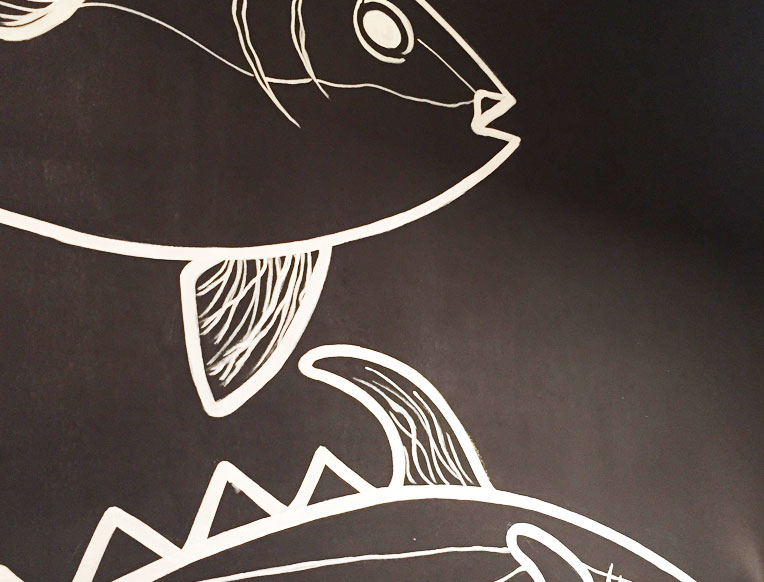
Dulce Patria
Temporarily Closed
"From the imposing gold doors, to the bright pink floors, to the Oaxacan embroidered seat cushions, to the fantastical way the dishes are presented, Chef Martha Ortiz's restaurant nestled in the very cool Las Alcobas boutique hotel teeters on gaudiness. Her vision is so complete, though, that it somehow totally works. The food—multicolor quesadillas, violet infused house-made breads, hibiscus water, margaritas garnished with cactus tuna, sweets that are dished out on wooden toys—is a whimsical take on Mexican flavor, and a completely immersive experience. "
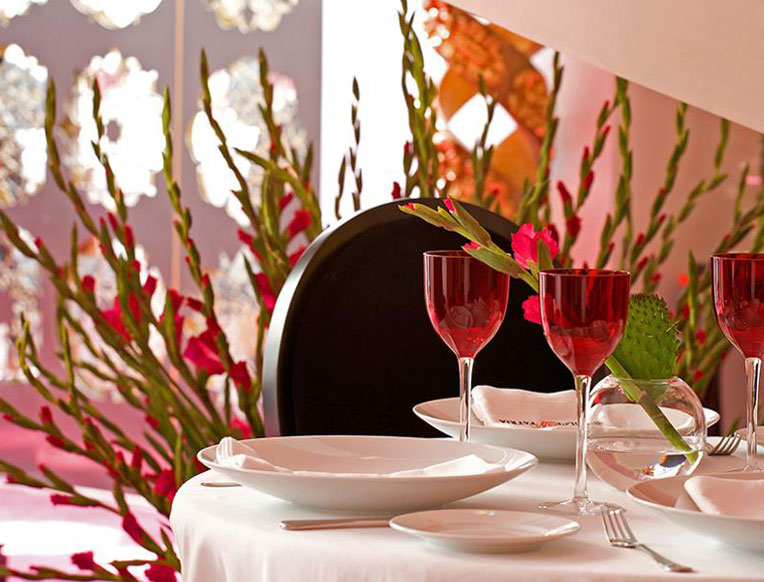
Taquería El Califa
Taco restaurant · Nápoles
"Choosing your taqueria chain in Mexico City is kind of like choosing your soccer team: It's likely to cause some debate and is a marker of age, social standing, tastes, and politics. The main divide seems to be between El Farolito and El Califa, so much so, that there is one street in the Condesa where the two warring factions are directly across from one another. Both serve great tacos, whether its steak, nopal, chicken, pork belly, or the standard al pastor (spit-fired, marinated pork), but each has its own specialties. Farolito, which is slightly more old-school has its own salsa especial recipe, a mix of all their salsas thrown together on the grill—dangerously spicy and addictive. Meanwhile, the Califa, the hipster's taqueria of choice, offers "the Costra" which was invented in a taco stand outside one of the upscale nightclubs in the 90's and became legendary: it's a tortilla topped with an abundant amount of crisped cheese and then filled with a meat topping. Try both: We try to be non-partisan when it comes to tacos (though we're starting to lean toward El Califa)."
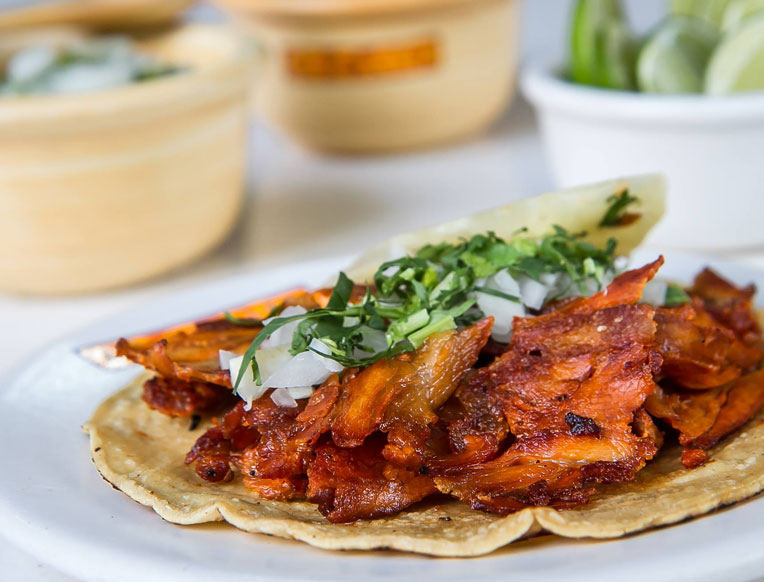
Tori Tori
Japanese restaurant · Polanco
"Japanese is one of the few foreign foods that locals will regularly trade in for a Mexican meal, and there's a spectrum when it comes to quality. The arrival of Tori Tori has upped the ante (and with it, the price). This chainlet has been around since the 90's, but in the last few years the outposts have all had a major facelift. The most notable is the location on Temistocles in Polanco where two prominent local firms, Rojkind Arquitectos and Esrawe, have given the restaurant a futuristic and somewhat nightclub-y feel. The menu here is pretty extensive with everything from simple nigiri to classic mayo laden rolls, but the marinated tuna rice bowl, and the sushi cake—crispy morsels of rice topped with a slice of shrimp, salmon, or tuna—are where it's at."
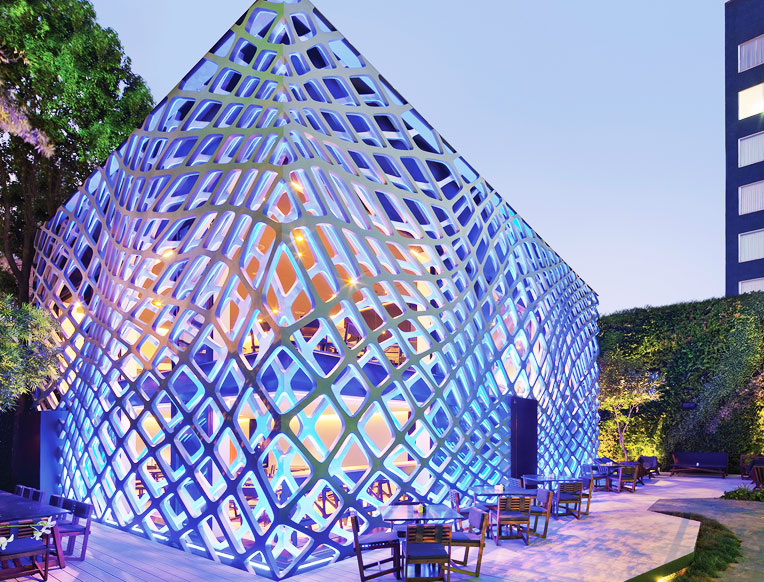
Quintonil
Mexican restaurant · Polanco
"With a small and inconspicuous entrance on a tiny, quiet street in Polanco, Quintonil would be easy to miss if it weren't for the number of fans and accolades it's gathered since opening. Pujol alum Chef Jorge Vallejo and his wife, restaurateur Alejandra Flores, opened their simply decorated, airy dining room in 2012, and have made a name for themselves not only for their warm hospitality, but for dissecting traditional Mexican dishes, using quality ingredients, and making them anew and totally fresh. Some of the best dishes are the simplest, like the crab tostadas and the green rice topped with an egg, avocado, and fresh cheese. It's Vallejo's light and refreshing comfort food that's earned him a place among the best restaurants in the country and the world."
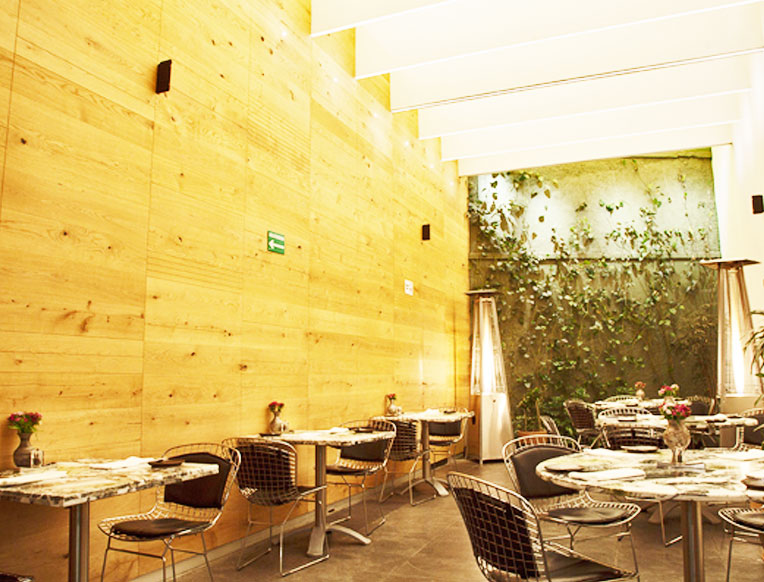
Contramar
Seafood restaurant · Roma Norte
"There is nothing like lunch at Contramar: And by lunch, we mean comida, an extended main meal which begins roughly around 3pm and continues through the afternoon and into the early evening. On any given day at around that time, the Contramar is a cool cross section of the local scene: business men and women on long lunches, big extended families at their weekly family get-together, local artists, actors and musicians, and a few in-the-know tourists all come together over fantastic tostadas de atun, ceviches, and a great variety of excellent coastal cuisine. The airy dining room is always packed, and a little loud, but that only adds to the buzzy vibe, as do the wonderful wait-staff who stick around year after year. Simply put, this is a classic. The owners, Pablo Bueno and Gabriela Camara are behind a few of the city's best restaurants but this is definitely their masterpiece."
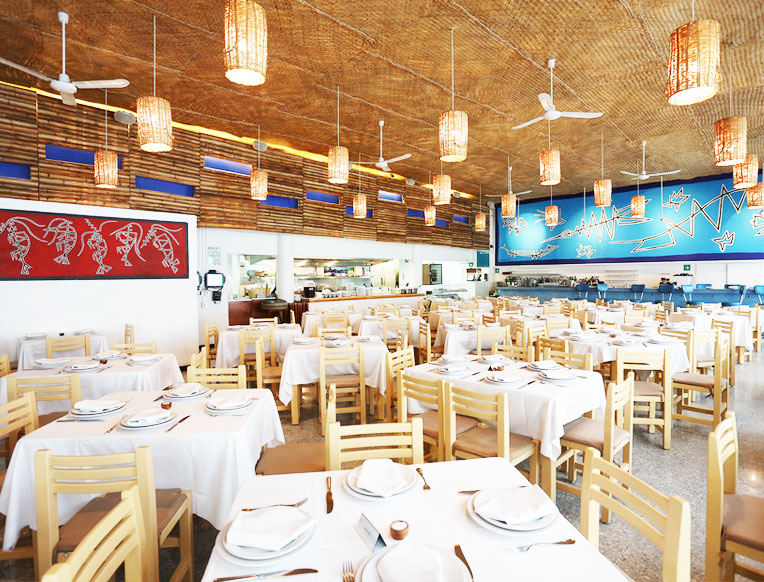
San Ángel Inn
Mexican restaurant · San Ángel Inn
"Admittedly there are plenty of other places to experience great Mexican food in the city, but few are as legendary and stunning as the San Angel Inn. Located in a colonial ex-monastery, with a beautifully manicured courtyard, cozy interiors, and an ever-present trio who make the dining room rounds, it's pretty transporting. In fact, before the city sprawled in the '50s and '60s, it was a weekend countryside retreat, hence the name."
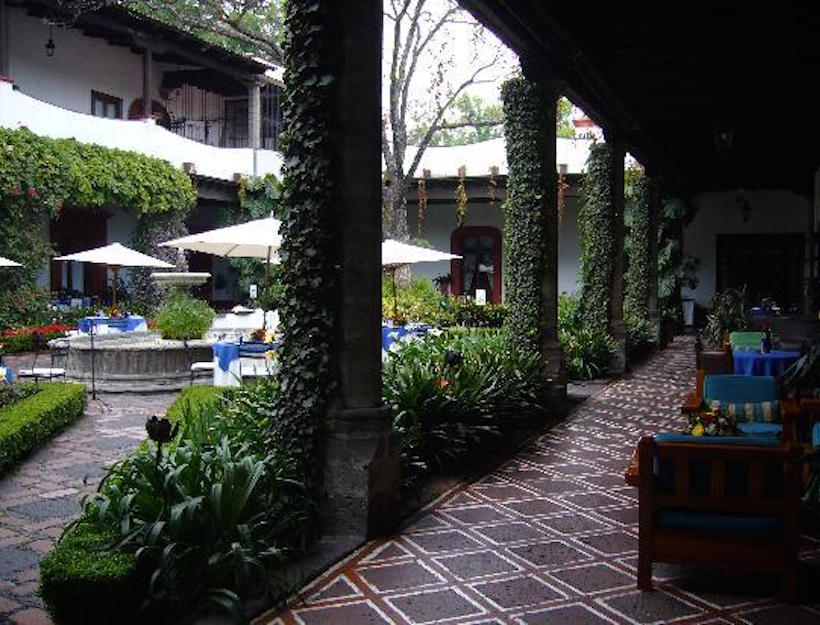
"When it comes to home decór, this newly opened concept store in an old restored mansion in the Roma is doing a lot of things right: They've gathered a handful of supremely tasteful, local textile and accessories brands—all previously basically unknown in the city—like Bindilou, Namuh, and San Miguel Allende's Casa Acanto, and brought them under one roof. In addition there's also our favorite, Trinitate, which makes gorgeous white-glazed tableware a la Astier de Villatte, and an endless variety of garden ornaments. Basically, you can come here and decorate an entire home in purely hand-crafted goods, without it looking folksy or tired. Plus, they've also brought a handful of clothing brands with a similar ethos, and beloved brunch spot Carlota & Emilia, in too—perfect one-stop shopping."
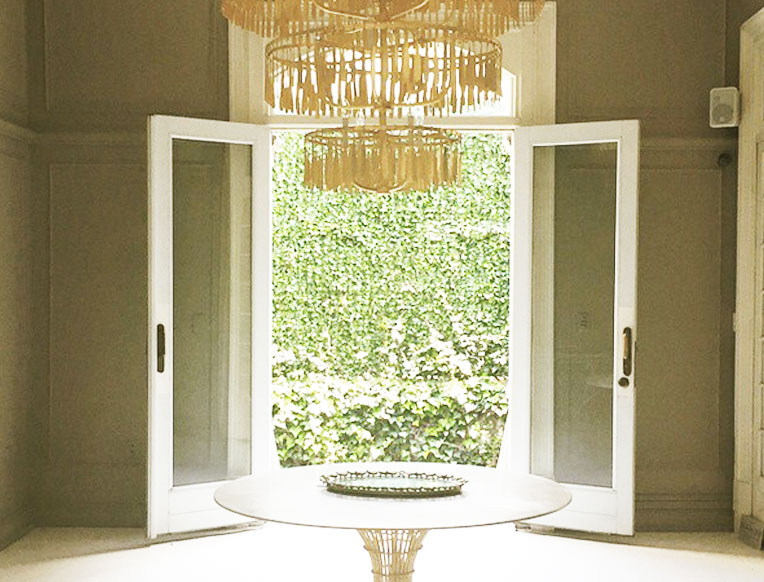
"On the same site since colonial times, the Lagunilla is one of the biggest covered markets in the city, selling food, furniture, and cheap clothing. On Sundays, though, things get a little more interesting when antique dealers and casual vendors set up on the streets surrounding the market. Though there's a lot of junk to sift through, and a good number of stalls selling pirated goods, there are some treasures to be found—costume jewelry, retro sunglasses, old-school 50's kitchen goods, and more. Plus, the torta and cold-pressed juice stand right inside one of the main entrances into the antiques area is awesome. You'll want to have your wits about you, though, as the market and its surrounds do harbour the occasional pick-pocket."
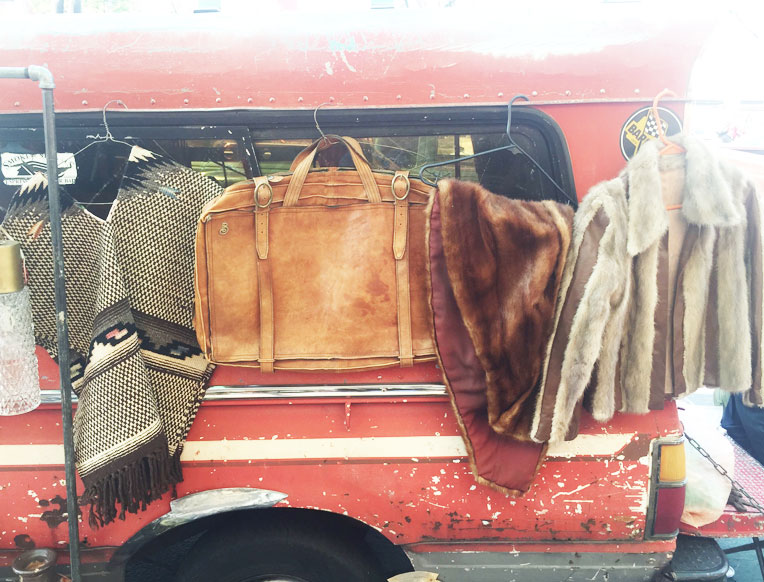
El Bazar Sábado
Bazar · San Ángel Inn
"On Saturdays, as the name implies, one of the most delightful things you can do is head over to the sleepy, cobble-stoned streets of San Angel to shop in this grand old colonial plaza. It's jam-packed with artists and artisans who sell their wares here week after week, including paper flowers, embroidered blouses, tin toys, carved Pepita glass, etc. Some of it is on the folksy side, but there's always at least one discovery to walk away with. Plus, there's a restaurant inside serving solid quesadillas (though there's also a street stand right outside that out-does these), and right across the street is the weekly artist's street market, where there are some good finds to be made."
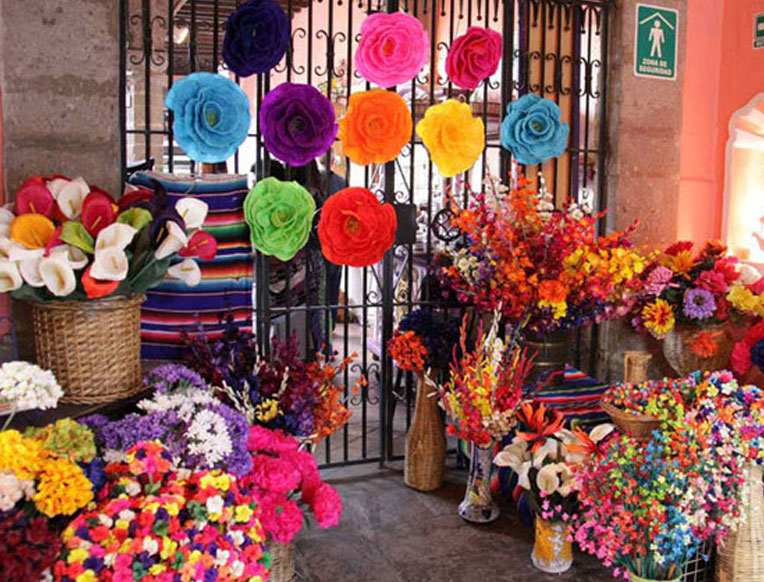
Decada Vintage Furniture
Furniture store · Doctores
"This is probably one of the best shops for high-quality Mid-Century antiques in the city, as owners Cecilia Tena and Lucía Corredor split time between Berlin and New York buying and importing their finds back to their shop in Polanco. You'll find retro credenzas, Herman Miller tables and chairs, Anglepoise-style lamps, and everything you need to stock a vintage bar—all in great condition and displayed in inspiring vignettes. The owners were living in Berlin when they got the idea to open up a vintage shop in Mexico city, hoping to bring a little bit of its playfulness into modern Mexican interiors."
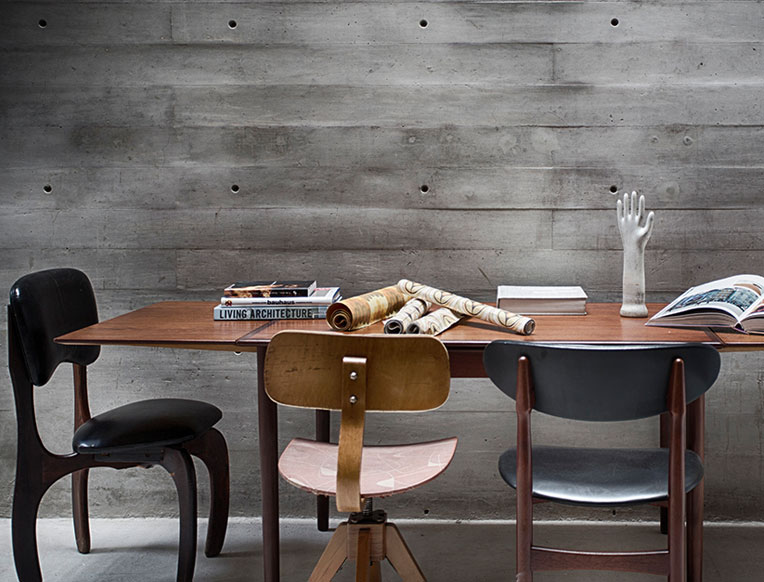
Rodrigo Rivero Lake
Antique store · Polanco
"Rodrigo Rivero Lake's office in a penthouse apartment in Polanco and his warehouse in Naucalpan are kind of insane, packed to the brim with museum quality antiques from Mexico, India, and beyond, along with paintings and sculptures by major modern Mexican artists. An incurable collector, he's spent a lifetime on the hunt both in Mexican flea markets, at European auction houses, and on the road in India. On the weekends, he heads to the Lagunilla Antiques Market in Mexico city, where all the vendors know him by name, and always have a thing or two to show him. He's also written the book on the influence of Japanese artisanry on Mexican Viceregal antiquities: It's heady stuff and might seem intimidating, but Rodrigo is a totally charming, welcoming host to anyone who visits his gallery. Ask enough questions and he'll give you a special tour of the space—he once showed us a trove of paintings by his old friend and fellow antiquarian Chucho Reyes, one of the most influential Mexican painters of the 20th Century. It's by appointment only and so worth it."
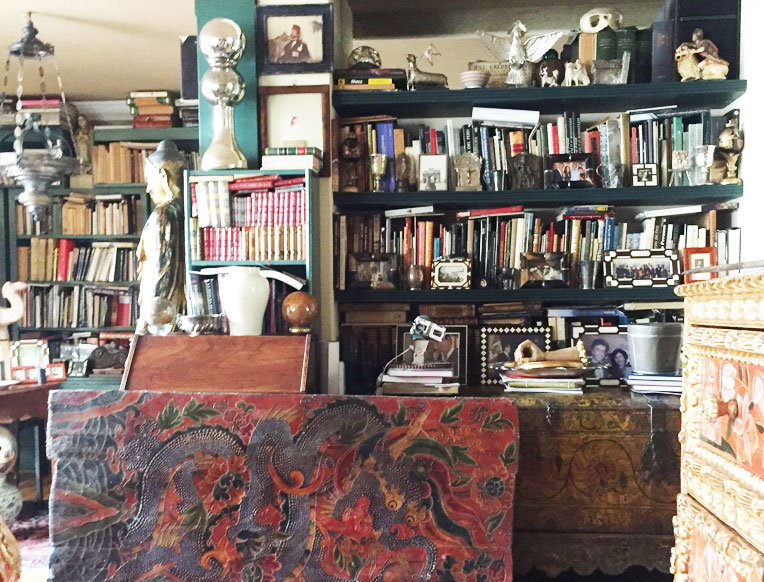
Onora
Store · Chapultepec Morales
"The brainchild of Maggie Galton, a NYC transplant who spent years working with artisans across the country, and business brain Maria Eladia Hagerman, Onora sells beautiful handicrafts designed for contemporary homes. Banish visions of multicolored fiestas from your head, though, their palette is restrained to black, white, grey, beige, and the occasional pop of color, and the products themselves are exquisite. They carry black clay candleholders from Oaxaca, table runners from Chiapas, serving dishes from Puebla, and much more—this shop makes us want to start over and redecorate."
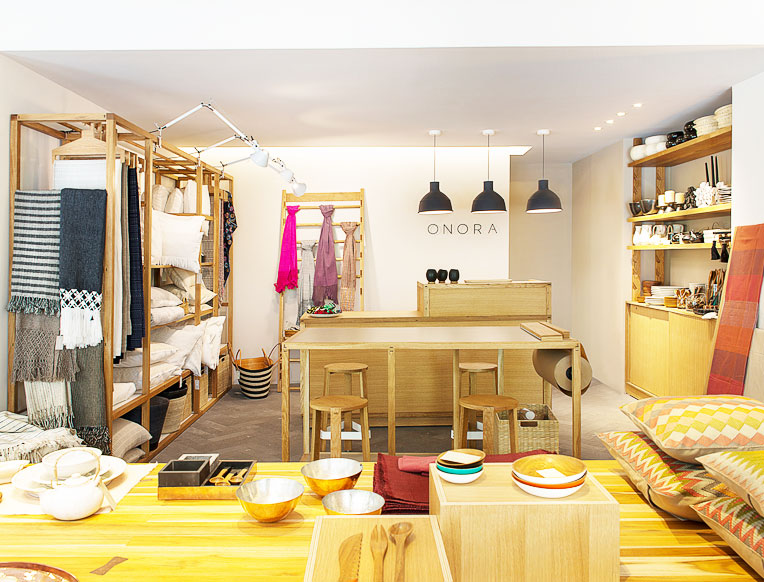
Yakampot
Clothing store · Polanco
"Francisco Cancino's line of sleek, pared down women's clothing is a big hit among Mexico's magazine editors, and we can see why. First there are the elegant, season-less silhouettes that make his clothing a wardrobe perennial, and then there's the fact that it's all handmade by artisans across the country. Fittingly, his first shop in Polanco, designed by Emiliano Godoy and Tuux, is built with the same local, sustainable principles as his clothing. Check out Yakampot's sister brand, Arroz con Leche, for adorable kids clothes."

La Lonja Mercantil
Grocery store · Centro
"This nomadic design market has been going since 2010, with 15 editions to date, where participating artists, fashion and product designers, and food and drink purveyors sell their wares. They're massive shopping events, where you can walk away with some pretty great finds from some of the best names in design, including clothing from Carla Fernández and Carolina K, mezcal from Mezcal Amores, furniture by Oscar Hagerman and Pirwi, and beautiful chocolates from unelefante. Watch their site for the announcement about their next edition."
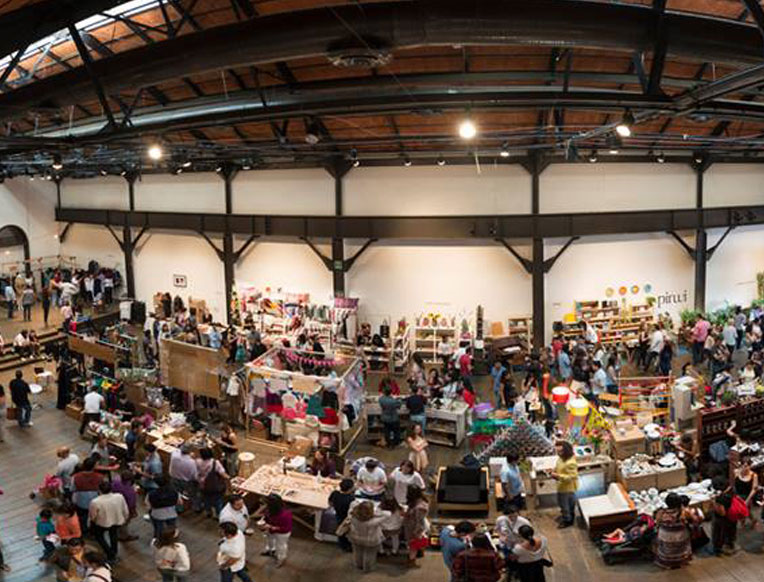
Sandra Weil
Women's clothing store · Polanco
"Long silk dresses, draped trousers and culottes, and delicate blouses are the kind of feminine pieces you'll find at Peruvian designer Sandra Weil's flagship store. Located in Polanco, in a new complex of cool clothing and design boutiques, you can also find her elegant line of wedding dresses here, hanging in a beautiful system of vertical plywood racks designed by the up-and-coming architects Zeller y Moye. If you can't find what you're looking for, you can enlist her couture service to tweak any of her designs just for you. Photo: Moritz Bernoully, Courtesy Zeller y Moye"
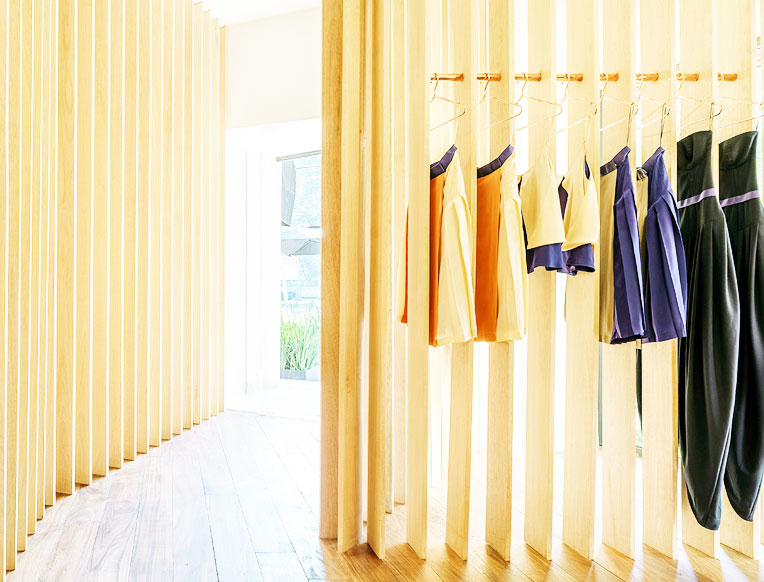
"If there's one designer who has managed to take traditional Mexican embroidery and textile techniques and make them contemporary and wearable—and not in a hippie-ish way—it's Carla Fernández. She's spent years traveling the country establishing partnerships with some of the best indigenous artisans to make her bold, geometric designs. The clothing rails at her shop at the Downtown Hotel were designed by Pedro Reyes, one of the most prominent conceptual artists in Mexico—a great match for Carla and her smart, sustainable clothing line."
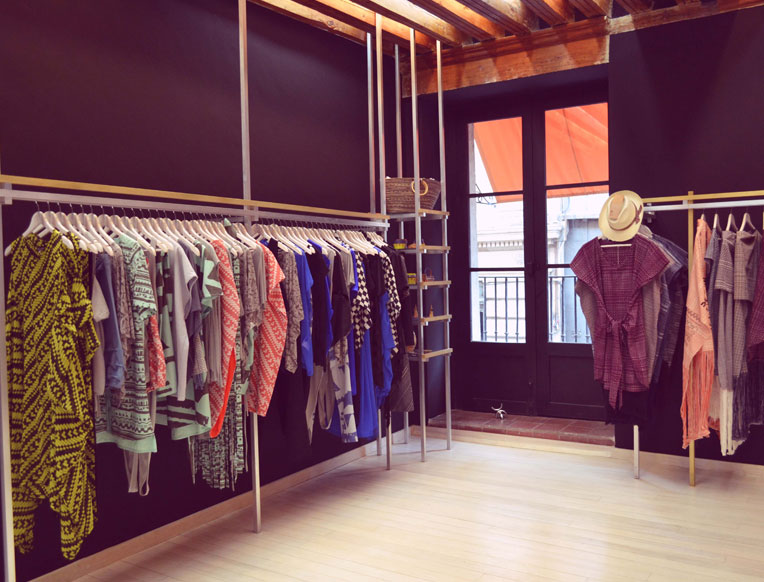
Casa Bosques
Book store · Juarez
"Housed in a whitewashed, renovated home in the Roma and decorated with sleek bookshelves, casually placed Jean Prouvé chairs, succulents, and ferns, Casa Bosques offers a curated selection of indie magazines, journals, and books from small publishers. Their selection goes way beyond what you'll find in any of the city's more established bookshops and is a godsend for anyone interested in fashion, art, and design, as independent titles like The Gentlewoman, Apartamento, AnOther, Purple are hard to come by. Visitors are invited to leaf through the titles and make themselves comfortable in the homey space (they also make small batch chocolate bars). This summer, they opened up a new shop in Polanco's new mini boutique complex, Anatole 13."
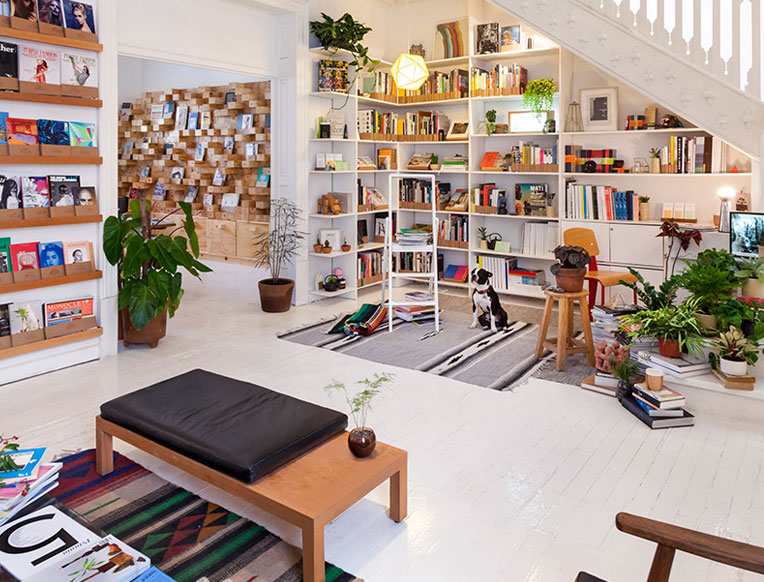
J by José Andrés
Permanently Closed
"The renowned Spanish chef José Andres has landed in Mexico City making himself at home with yet another culture's ingredients. At the recently revamped W Hotel, he's created a new sort of fusion cuisine incorporating traditional Mexican ingredients like avocado and zucchini flower and giving them the Spanish tapas treatment. In fact, it's the tacos and the tortas on the menu that are the most popular here, especially when they're accompanied by one of the restaurant's signature Gin & Tonics served in a large globe glass. With its terrace overlooking the neighborhood's quiet streets, and a long traditional tapas bar, this is the perfect place for long business lunches and after work drinks. "
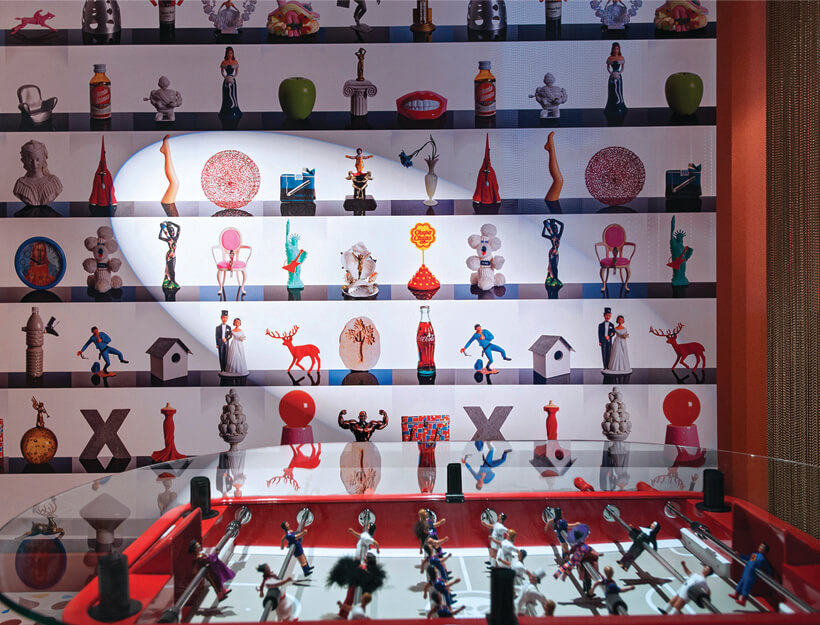
Memory and Tolerance Museum
Museum · Tabacalera
"With a focus on human rights atrocities around the world, from an extensive exhibition on the Holocaust, to Darfur, Armenia, and Guatemala, this intelligently designed museum encourages empathy, tolerance, and commitment. After witnessing the devastation and horrors that have occurred around the world, visitors (literally) see a ray of light, and enter a room where they're encouraged to make a choice between ambivalence and committing to take action. All in all, it's actually an uplifting experience. In a country not unfamiliar with human rights abuse, this fantastic museum is making an important case for tolerance. Having partnered with Sesame Street (Plaza Sesamo), they've also developed an outstanding curriculum for kids which includes activities around bullying, a rampant problem in Mexican schools these days."
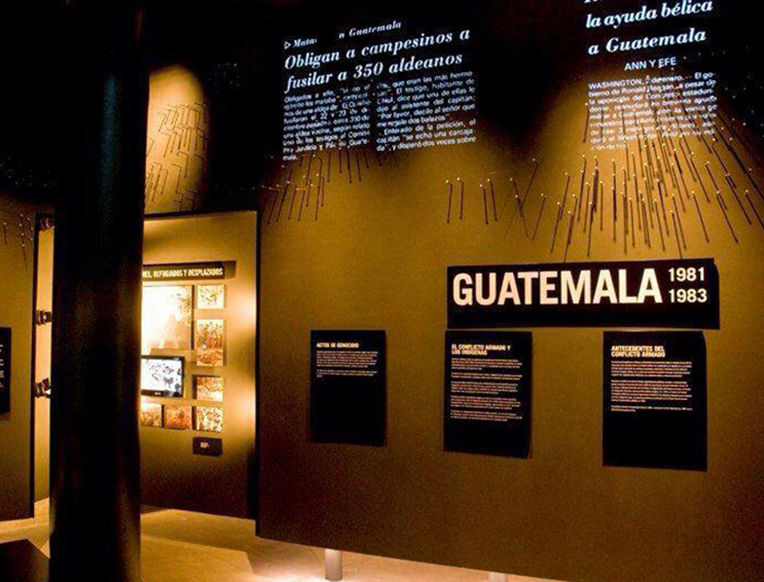
Soumaya Museum
Art museum · Ampl Granada
"This museum holds the collections of Mexican billionaire Carlos Slim and is named after his wife, Soumaya. Spread across two buildings, the newest of which was designed by Slim's son-in-law, Fernando Romero (with advice from Frank Gehry and Ove Arup), the collection includes important works by ancient masters, the Impressionists, and the largest collection of Rodin's sculpture outside of France, just to name a few of its greatest hits. It's pretty grand by Mexico City standards and the Slim family wins major PR points for making the entrance and tours of the collection completely free to the public."

Museo Tamayo Arte Contemporáneo
Art museum · Rincon Del Bosque
"While the arrival of the Museo Jumex certainly brings some stiff competition in the contemporary art arena, the Museo Tamayo, open since the 80's, housing muralist Rufino Tamayo's entire collection, has still got it. They've brought everyone from Sophie Calle, to Wolfgang Tillmans, to Francis Alÿs, to Yayoi Kusama—whose exhibition last year broke attendance records—to the Mexican audience, complementing each show with film series, talks, educational programs, and their famous jazz nights. Originally designed by two of Mexico's most prominent modernist architects, Abraham Zabludovsky and Teodoro González de León, the museum, which is nestled in Chapultepec park, has recently undergone an expansion and refurb. Meanwhile, the newly appointed curator, Juan Gaitan, will undoubtedly continue to shake things up in the years to come."
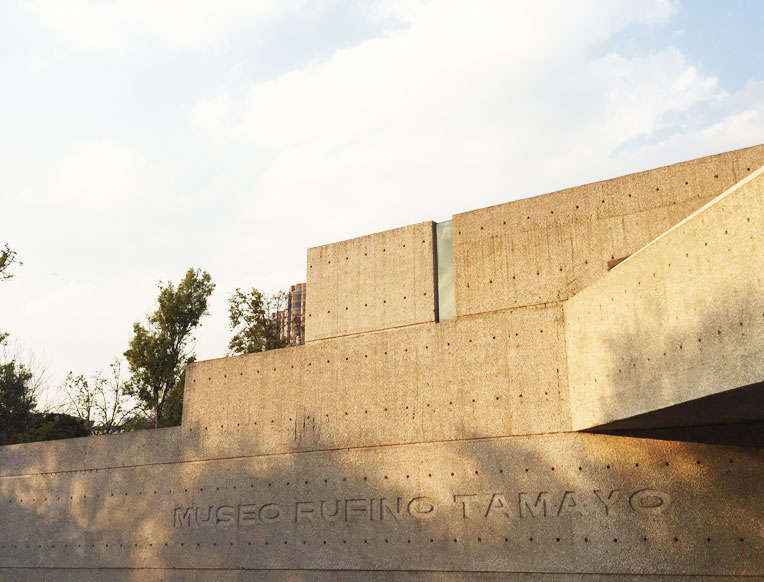
Museo Franz Mayer
Museum · Colonia Roma
"Franz Mayer was a German immigrant who lived in Mexico in the early 20th-century and amassed an enormous collection of decorative arts—everything from silver, to furnishings from the 16th-century on, to talavera tiles and pottery made in Puebla. Although he did acquire pieces in Europe and around the world, much of his collection was made in Mexico, and visiting the museum is a window into the elegant and elaborate furniture, paintings, and decorations that decorated the upper crust's homes during the colonial period. Upon his death, he left his collection and a generous trust to the Banco de Mexico, which opened the museum to the public in the '80s in an elegant, restored 16th-century ex-monastery. Aside from Mayer's inheritance, the museum continues to acquire special pieces and collections, and puts on great contemporary design exhibitions, too."
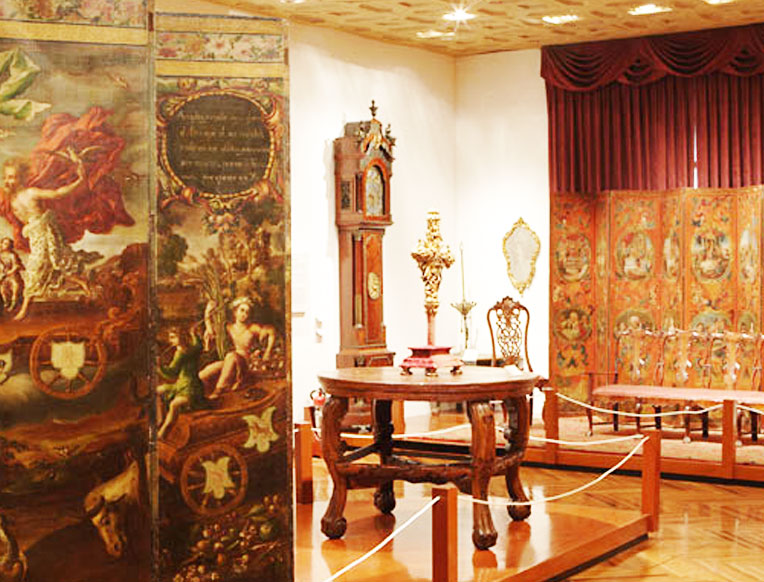
"Housed next to Casa Luis Barragan (he designed the gardens here), this design gallery and archive hosts small, tightly curated exhibitions on everyday design—everything from the evolution of Oaxacan pottery, to the role of the "copy" in design, to cycling in Mexico City. Aside from the exhibitions, the space itself is a pretty, peaceful respite from the city streets in this little residential pocket of architectural delights. Owner architect Fernando Romero has big plans for the gallery, though, which will be housed in a much splashier space in the years to come."
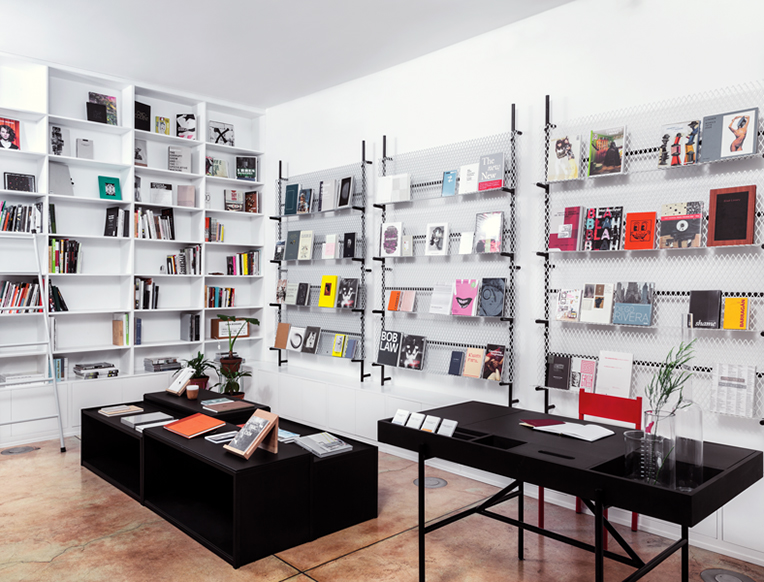
Museo Dolores Olmedo
Temporarily Closed
"Dolores Olmedo was one of Diego Rivera's greatest patrons and her home, an ex-hacienda near Xochimilco, houses her collection of his works through the years, along with those of other artists and craftsmen she supported during her lifetime. While the collections are magnificent, and a real window into the breadth of Rivera's talents and career, the expansive grounds themselves—gorgeous native gardens that are home to her beloved hairless Xoloescuintle dogs and a family of peacocks—are a heavenly respite from the city's busy streets. In October and November, the museum puts on an awesome Day of the Dead display, as Doña Lola always did when she was alive."
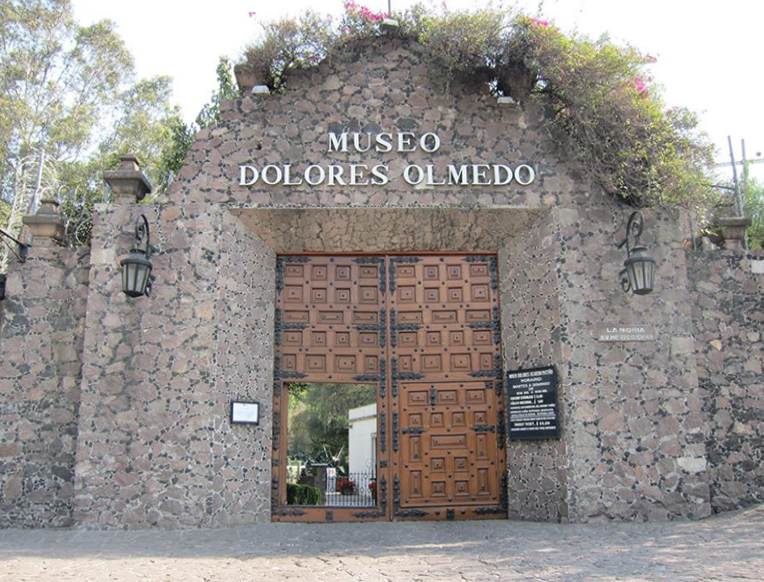
Museo de Arte Popular
Art museum · Tabacalera
"Housed in a beautifully restored Art Deco building in the Centro Histórico, this museum is home to Mexican folk handicrafts and textiles from around the country. It's a nicely manageable museum and a great place to bring kids, with weekend workshops that teach everything from paper maché to how to make amate paper. Don't miss the museum shop, which is one of the best places to find quality regional crafts."

Templo Mayor Museum
Museum · Centro
"When Hernan Cortés and his army of Spanish conquistadores arrived in México city—then Tenochtitlan—they raised the Aztec capital, destroyed its temples, and used many of the building materials to erect their own palaces and, famously, the Cathedral. There are few remnants left of what was once the capital of the vast Mesoamerican Empire, but the ruins of their most important temple, the Templo Mayor, which is located right next to the Zócalo, were discovered in the late '70s and have been open to visitors ever since. The site is an active archaeological dig, with some pretty impressive ancient frescoes, and an on-site museum displaying the thousands of ancient artefacts—elaborate offerings made for the gods—discovered here over the years."
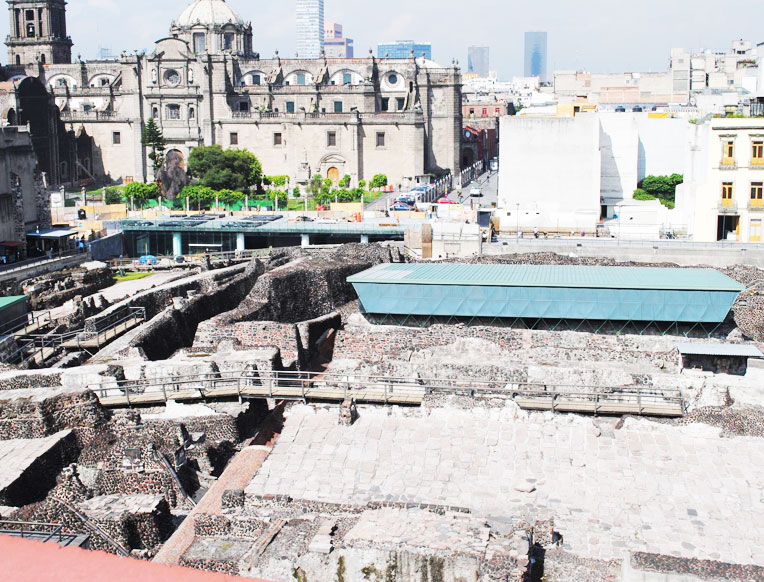
National Palace
Federal government office · Centro
"Built on the site of the last Aztec emperor's home, this enormous Palace was once the home of Hernan Cortes, the Spanish conquistador, and has been the seat of Mexican government since gaining independence from Spain. While there are tours of the palace's architecture and a few galleries dedicated to the 19th-century president Benito Juarez, the real highlight is Diego Rivera's massive mural representing the entire history of the Mexican people from its indigenous origins, to the Spanish conquest, to the arrival of Marxist ideology—Rivera was an ardent communist. Like many of his murals, it's a historical who's who. The Palace is sometimes closed to visitors, so it's worth calling ahead."
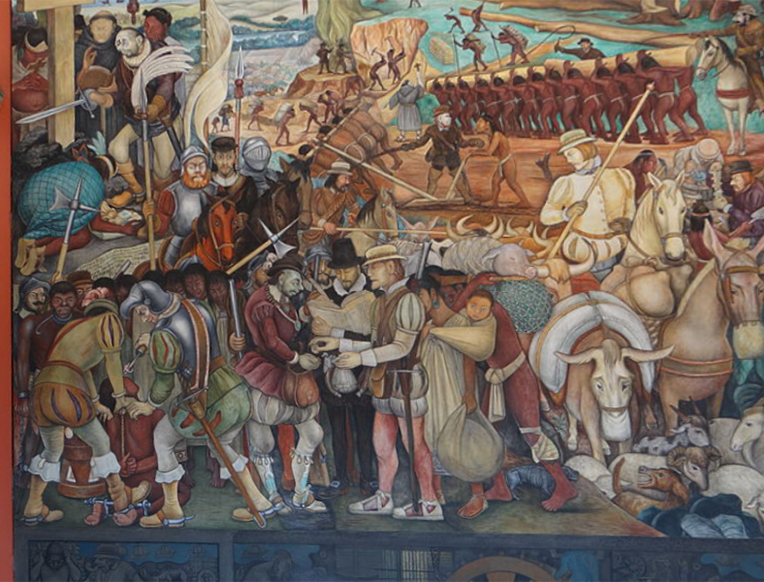
Kurimanzutto
Art gallery · Ampl Daniel Garza
"Monica Manzutto and her husband José Kuri's gallery is probably the first to roll off anyone's tongue when talking about the contemporary art scene in Mexico. Together with their pal Gabriel Orozco, probably Mexico's most famous contemporary artist, in the early 2000's they came up with the idea of presenting the work of their contemporaries in pop-up spaces all over the city (and the world). Of course, nowadays, those artists—among them, Daniel Guzmán, Abraham Cruzvillegas, Damián Ortega—are big names and so is Kurimanzutto, which settled into a gorgeous gallery space in 2008, with quite the roster of local and international artists. Don't miss this gallery: The exquisite Alberto Kalach-designed space is worth the visit alone—it's one of our favorite examples of contemporary architecture in the city."
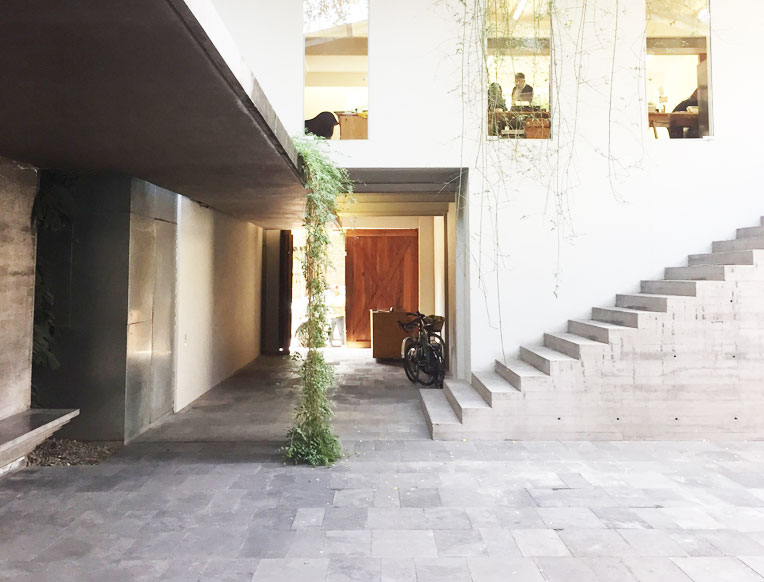
Museo Jumex
Art museum · Ampl Granada
"The David Chipperfield designed Museo Jumex opened in 2013 during the annual MUCA art fair, making a big splash on the international art scene. Opened by Eugenio López Alonso, the owner of the major juice company by the same name, it houses his private collection of contemporary art, which includes pieces from Robert Gober, Dan Graham, Gabriel Orozco, Vanessa Beecroft, and more. Aside from all the big-name exhibitions, the cool thing about The Fundación Jumex is that it's seriously investing in the local scene, sponsoring and commissioning works by local artists and supporting local arts publications, galleries, and initiatives. The much smaller, appointment-only Gallery, the original outlet for Lopez Alonso's collection, is a bit of trek out of town but worth it for more cutting-edge, often site-specific exhibitions, along with a growing library dedicated to contemporary art."
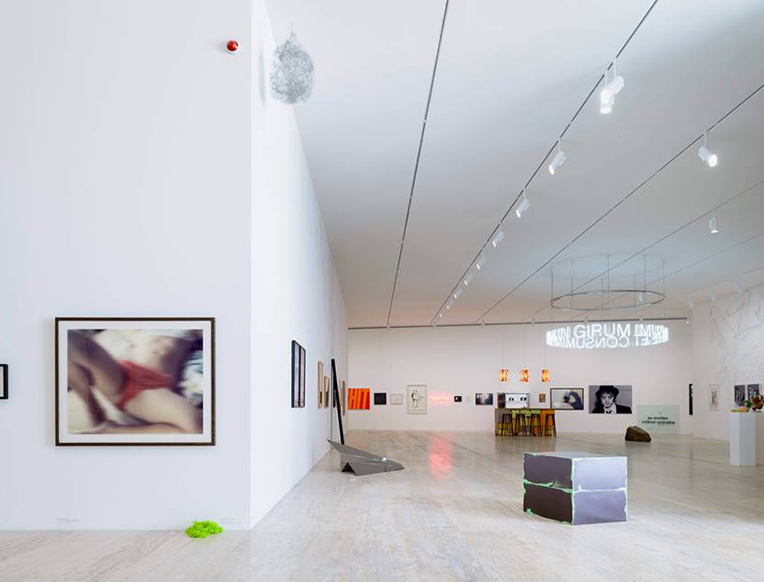
Nina Menocal
Permanently Closed
"The Cuban-born Nina Menocal is the legendary force who has propelled the careers of many contemporary Mexican and Cuban artists and curators, among them the now legendary Felix Gonzalez-Torres, who she showed in Mexico in the early 1990's. Aside from presenting the work of established international artists like Rosa Brun and Atelier Morales, Menocal also organizes small buying trips to Cuba for serious collectors. The gallery is by appointment only. Photograph by Patrick Pettersson"
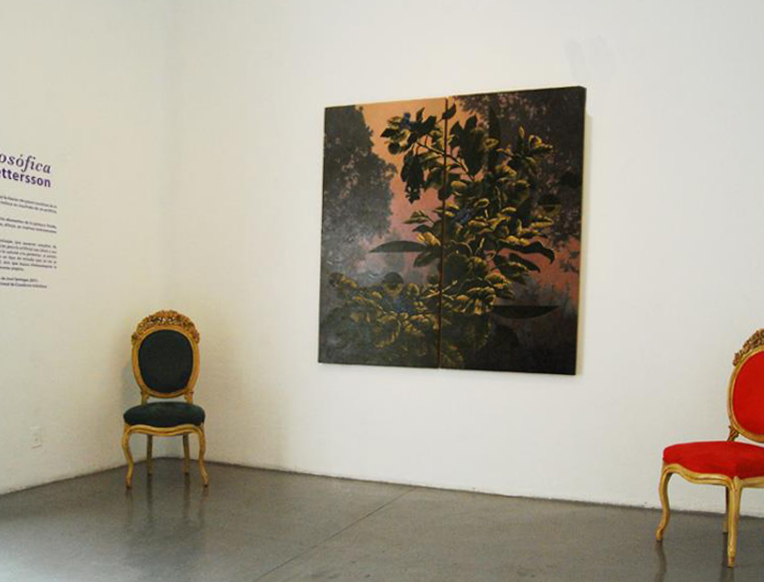
Gallery OMR
Art gallery · Roma Norte
"If there's one gallery to watch now it's OMR. Opened by husband and wife Jaime Riestra and Patricia Ortiz-Monasterio in the 80's on a quiet plaza in the Colonia Roma, it has since established itself as one of the major Mexican galleries on the international arts scene. This year, it's opening a new space on Córdoba 100, and their son Cristobal is taking over. With a roster of both local and international heavyweights like Candida Höfer, James Turrell, Pia Camil, and Jorge Méndez Blake, we're curious to see what Cristobal, who is known for curating some of their more cutting-edge contemporary shows, has in store."
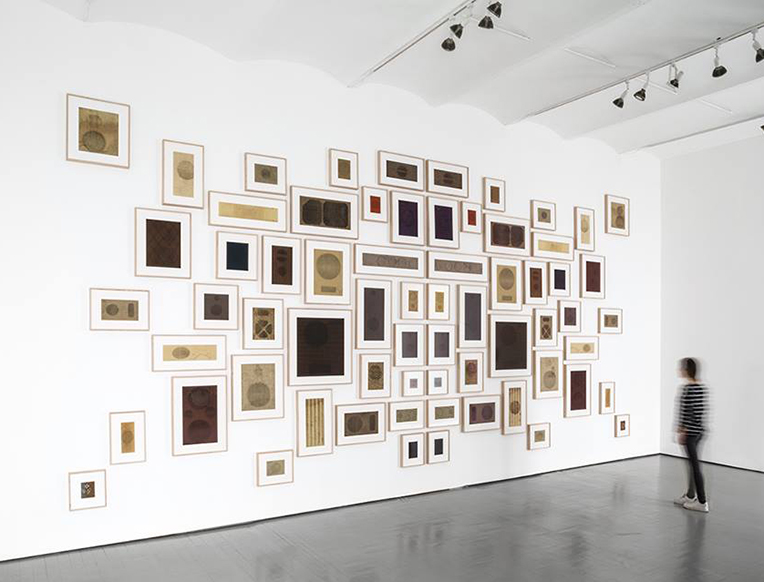
Museo Casa Estudio Diego Rivera y Frida Kahlo
Museum · San Ángel Inn
"This is one of the main stops on the Diego Rivera and Frida Kahlo pilgrimage, as they lived in this home on and off for twenty years. Their muralist friend Juan O'Gorman designed the now iconic house specifically for them, with separate buildings for each, united by a drawbridge between the two (they notoriously needed a lot of space from one another). It's a quick stop that's mostly worth it for the architecture, with a small temporary exhibition space, a few rooms dedicated to both artists, and Diego's studio, where he made many of his most famous paintings surrounded by floor-to-ceiling windows and huge paper maché Judas sculptures."
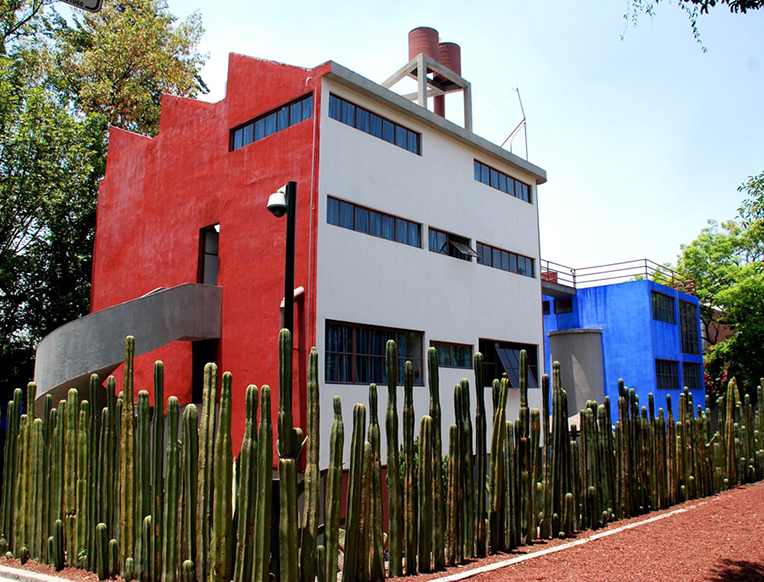
Museo Anahuacalli
Museum · San Pablo Tepetlapa
"Muralist Diego Rivera was a major collector of pre-hispanic artefacts, and the Anahucalli, built out of volcanic stone and designed by Diego Rivera himself, houses all 60,000 pieces he acquired from archaeological digs across the country. The collection is as impressive as the building itself which Rivera designed as his studio with advice from none other than his pen pal, Frank Lloyd Wright, which incorporates pre-hispanic motifs while trying to meld into the local surroundings as much as possible. The best time to visit is around Day of the Dead (November 2nd), when the museum puts together one of the most awesome ofrendas, with thousands of marigold petals, sugar skulls, candles, and regional folk art."
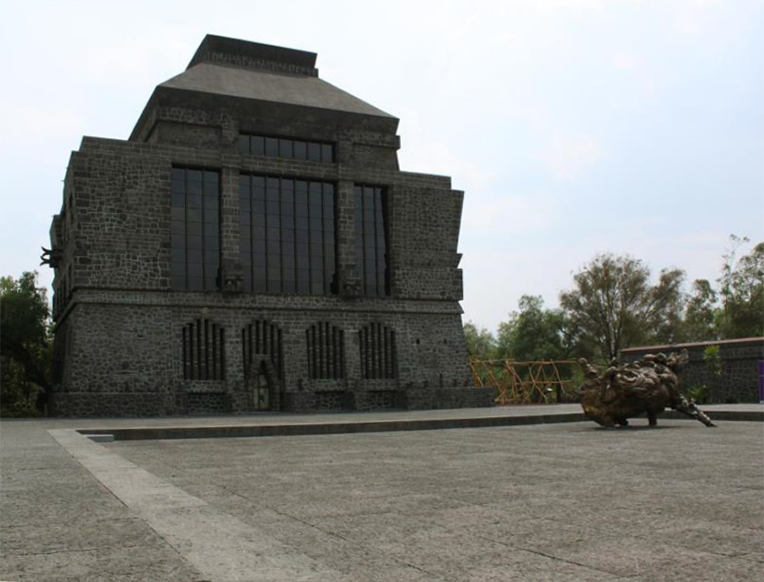
Frida Kahlo Museum
Historical place museum · Del Carmen
"Frida may be Mexico's most famous icon, making her home, the Casa Azul, a must-see destination. Tucked away in pretty, colonial, Coyoacan is the house where she grew up and eventually came to rest. After she died, Diego Rivera with whom she had a tempestuous marriage, donated her house to the government and it opened as a museum in the late '50s. Not only are many of her most famous works housed here, but many of the rooms are exactly as she left them. One of the highlights is definitely her kitchen and the adjacent dining room—she was a great chef, too—which are decorated in Mexican folk handicrafts she collected from around the country, and a traditional, wood-fired oven where she cooked legendary banquets. Diego asked that one room remain untouched, and when it was finally opened in 2004, they found a treasure trove of her clothes. A few choice garments are on display until December 2016, in a small but stunning little exhibition."
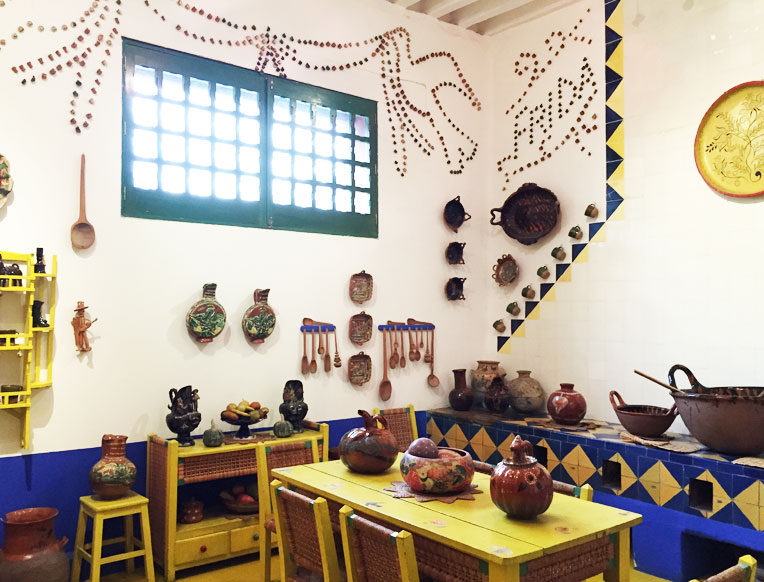
Museo Mural Diego Rivera
Museum · Tabacalera
"While it's host to temporary exhibitions on contemporary artists and muralists, the whole point of visiting this teensy museum is to see one of Diego Rivera's most famous murals, Dream of a Sunday Afternoon in the Alameda Central, which survived the building that housed it in the 1985 earthquake that ravaged the city. Like in many of his murals, it's a Marxist critique of the upper-echelons of the ruling class, and history buffs get their kicks from trying to identify all the historical figures he painted in, Frida included. Located in the Centro Histórico, it's a quick, easy stop on a full day of sightseeing in the area."
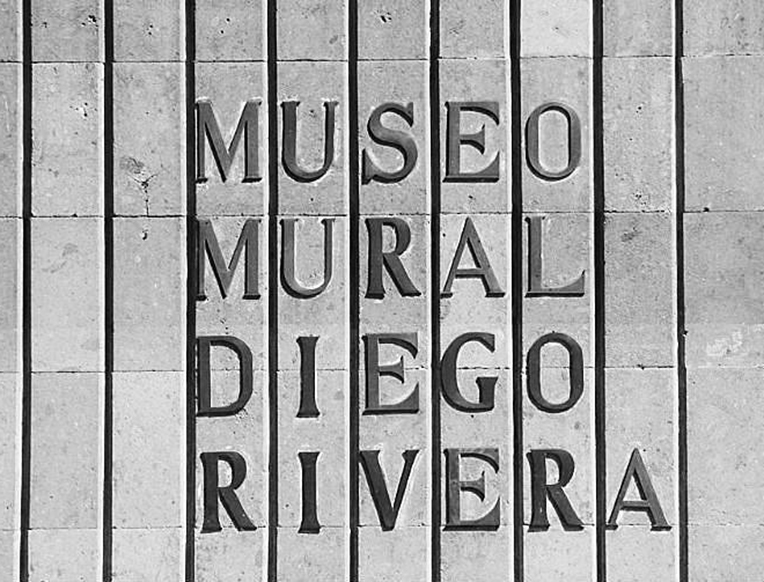
Casa Estudio Luis Barragán
Museum · Ampl Daniel Garza
"Tucked away in a residential neighborhood near Chapultepec park, you'll find a handful of homes and gardens designed by Mexico's only Pritzker prize winning architect, Luis Barragan. His home, which he designed in its entirety, from the structure to the furniture to the color palette, is pretty much exactly as he left it and open for reserved tours only. They're generally conducted by lucky architecture students who, aside from showing you around the house, demonstrating his playful tricks with light and optics, are happy to share juicy tidbits about his life. If you get bitten by the Barragan bug—it tends to happen—they'll also hook you up with the contact information for some of the other local houses he designed like Casa Engstrom and Casa Gilardi. Though they're not open to the public, the owners sometimes let visitors in for pre-arranged visits."
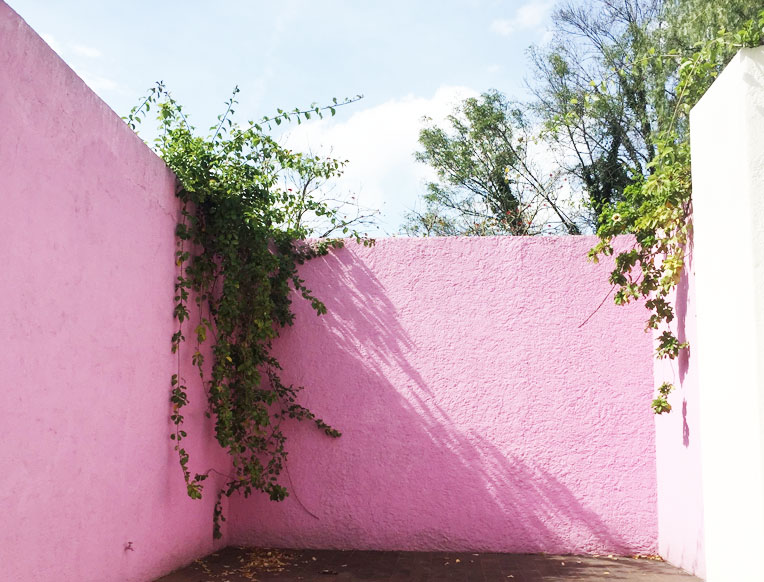
Museo Nacional de Antropología
Museum · 1ra Secc Del Bosque de Chapultepec
"For anyone who's even remotely interested in pre-Hispanic culture, this museum is a must. It houses many of the most important findings from archaeological digs across the country, from the original Aztec calendar which was unearthed in Mexico City, to enormous monolithic stone Olmec heads from Veracruz, to all the treasures found in the Mayan tomb of Pakal in Palenque. Meanwhile, outside the museum stands an enormous monolith of Tlaloc, the god of rain. Legend has it that when he arrived in Mexico City, there was an almost catastrophic rainstorm. In short, it's a lot to take in, but worth it: It's a 101 crash course into pre-Hispanic culture."
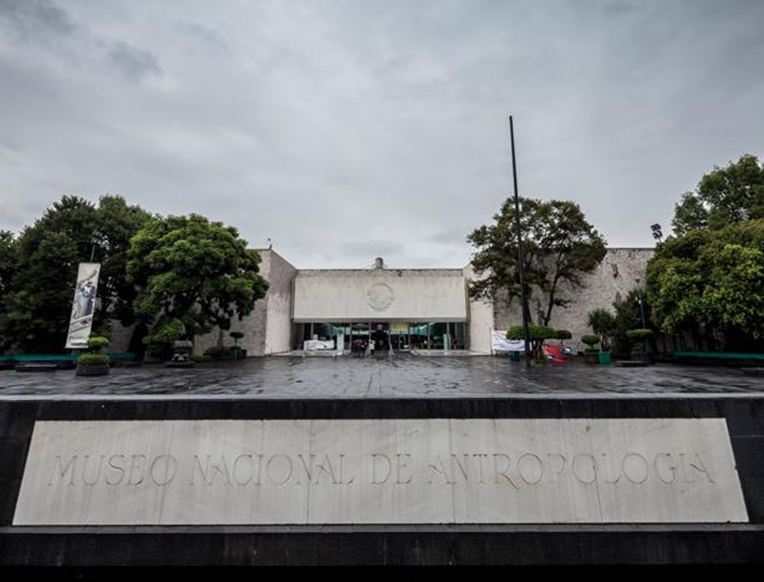
Comrade
Permanently Closed
"The highlight at this trendy, upscale mixology bar/restaurant is the terrace bar, where groups of dressed up friends, and suited up colleagues wind down the work day late into the night. While the restaurant does serve up a solid panini or croque monsieur, people come here for the drinks. As in a lot of city bars of the moment, gin is in, and their Tuka's Flamingo, made with watermelon juice, is the one to try. It's located in upscale Polanco, with its own valet parking, a bouncer at the door, and several trendy, dimly-lit eating and drinking lounges inside."
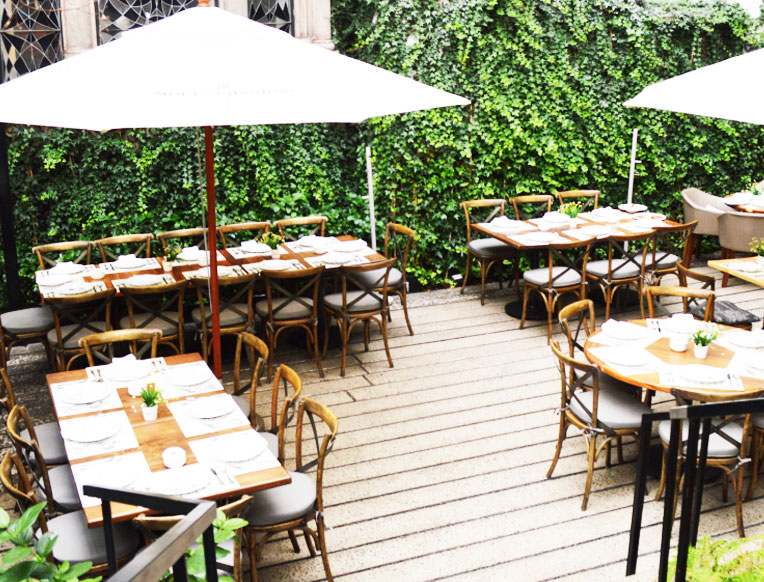
Licorería Limantour
Cocktail bar · Roma Norte
"In the past few years, more and more mixology bars have popped up in the city's most upscale neighborhoods from Polanco to Condesa, and the bar on the forefront of the trend is the Licoreria Limantour. Here, the bar staff are seriously skilled mixologists, and the menu is pages long, with a number of seasonal options that changes often. Whether at the Polanco or the Roma space, Mr. Pink is the cocktail to go for, made with gin, fresh grapefruit juice, and basil."

Zinco Jazz Club
Jazz club · Centro
"All the major jazz acts that come through the city book at least one night here, which is why more often than not, the Zinco makes for a solid evening's entertainment. Aside from the good music, this spot oozes retro charm. Hidden away in the Centro, on the bottom floor of a restored Art Deco bank building, the small space feels like an authentic old New York jazz bar with crimson velvet curtains, a few intimate club tables, and a long bar serving up old school cocktails."

GinGin
Cocktail bar · Roma Norte
"Mexico City is going through something of a gin renaissance and this airy, garden oasis of a bar in the heart of Colonia Roma seems to be at the epicenter of the trend. They craft various delicious botanical concoctions around the main ingredient—among them, the Velloncino de Oro, a rosemary infused gin cocktail, and the Mexican Pimms, made with fresh fruit and home-made ginger ale. It's been such a hit in the Roma that they've also just opened up in Polanco."
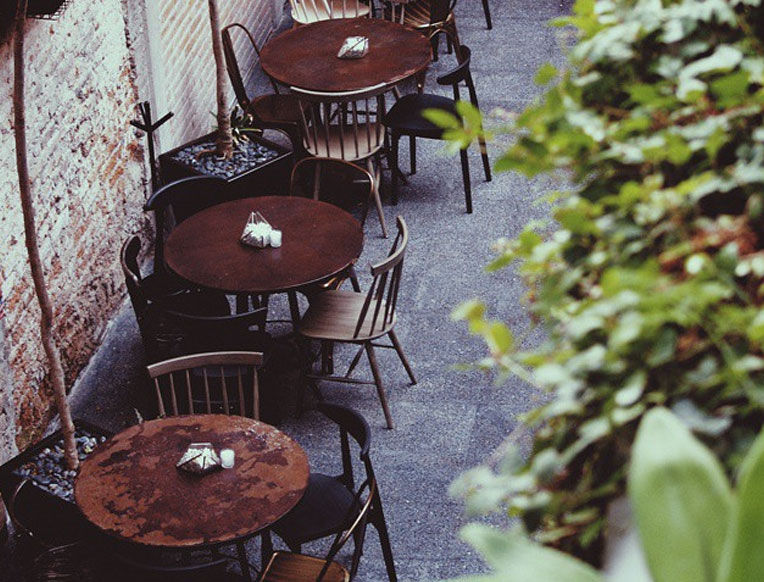
La botica
Permanently Closed
"The city is somewhat overrun by mezcal bars, as the smoky agave-based drink has sky-rocketed in terms of popularity, but La Botica was one of the originals, and continues to support small, independent distilleries, which is why it makes our list. Their mezcals, which they serve neat with orange slices and traditional bar snacks on the side, are sourced from all parts of the country and like serious sommeliers, the staff are all passionate about provenance and tasting notes. It's a good first stop for a long night out, and it's also a great place to get an education on the ever-popular drink."
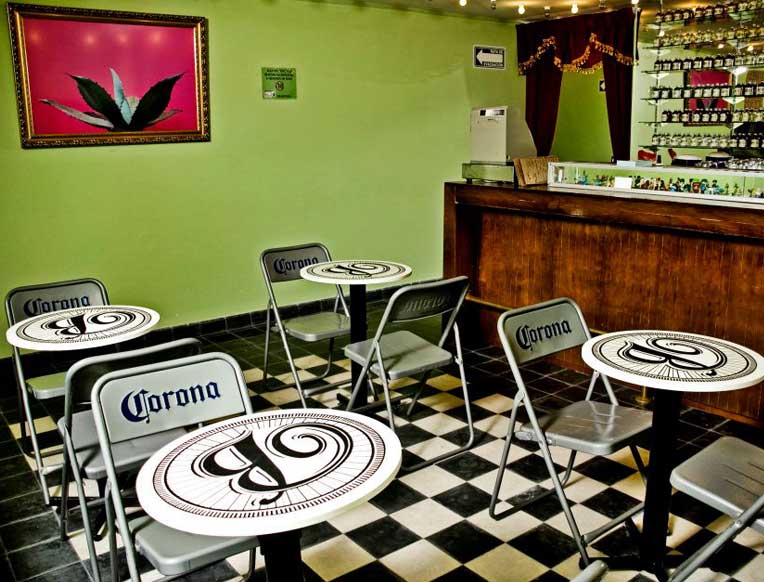
FELINA
Cocktail bar · Nápoles
"The Condesa neighborhood is packed with hipster bars that are now past their prime, but Felina is tucked away enough that it still feels like a discovery. With its specialty rum-based cocktails and mid-century furnishings—which got a major revamp this year—it has a little bit of a Mad Men feel. The bar's arty crowd heads here after work and on lazy weekend afternoons to enjoy the drinks, watch the skilled bartenders, and listen to the great playlists of obscure soul which the bar is famous for. Get there late and you'll be standing."
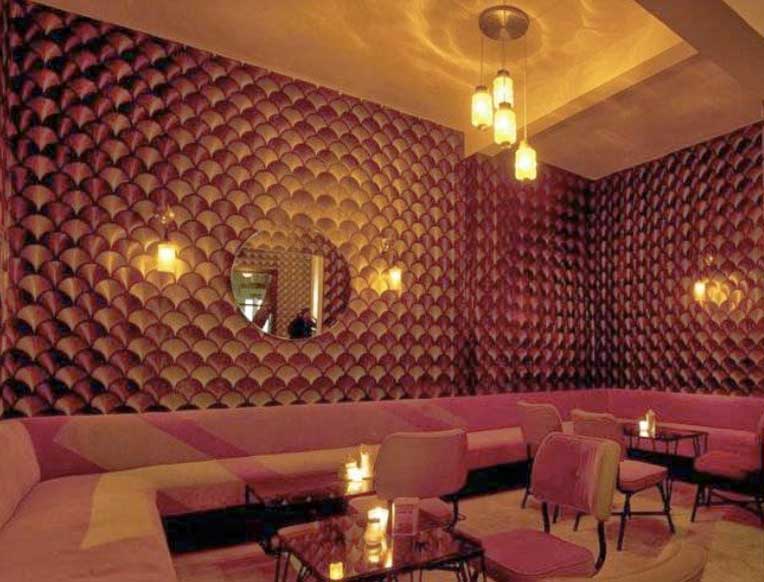
Jules Basement
Permanently Closed
"Inspired by the trend for speakeasy bars in NYC, Jules Basement jumped on the bandwagon and brought the concept to Mexico in 2012. And like its NYC predecessors, there are rules here: You must make a reservation in advance, you must enter through an industrial refrigerator door at the back of a taqueria, and once inside the striking, leather-clad, subterranean bar there are no Jägermeisters, bad beers, or Red Bull-based drinks allowed. All of this makes for a pretty civilized evening enjoying both classic cocktails like Manhattans and Martinis and some pretty amazing riffs on these, like the mezcal laced Campari cocktail. Tuesdays are the best night to make a reservation as there's always live jazz."
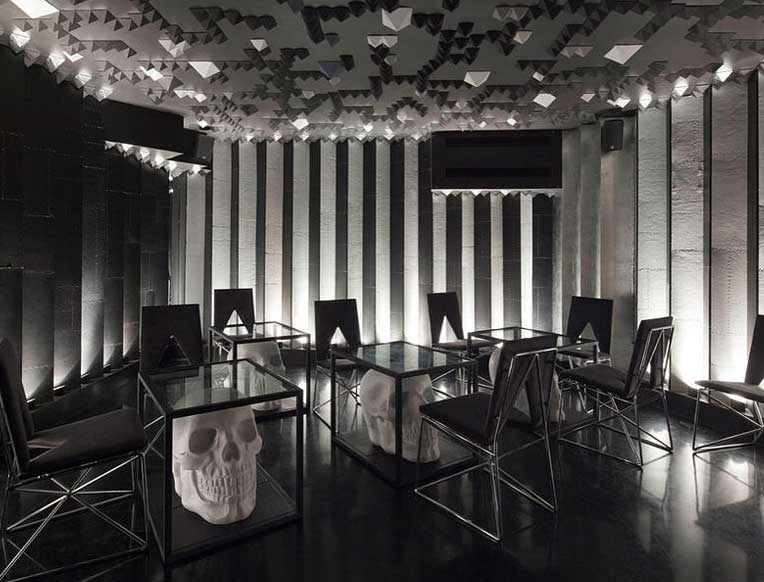
Covadonga
Spanish restaurant · Juarez
"By day, the Covadonga's denizens are generally old Spanish guys playing dominoes and eating traditional Asturian delicacies like tortilla espanola, but by night it's a whole different demographic that flocks here. Young local hipsters arrive around 7pm to begin their night out with a few beers—and shots—among friends. It's an old cantina—a traditional drinking den—and the futbol is always on TV, the aging waiters wear prim black vests over starchy white shirts, and the interiors haven't had a makeover in what feels like 50 years. It's comforting to know, though, that even in the Roma, one of the hippest parts of town, some places never change."
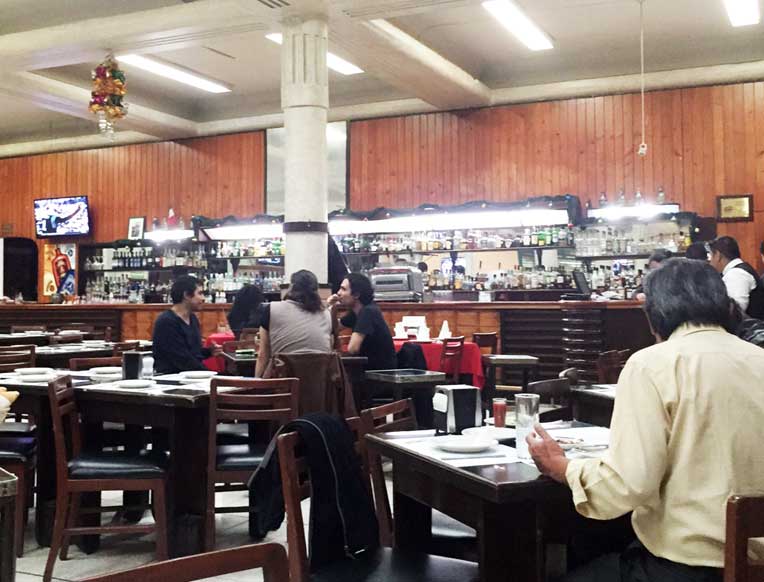
Maison Artemisia
Cocktail bar · Roma Norte
"While the restaurant at this restored, turn of the century "maison" serves perfectly good French food and wine, the real draw here is the bar upstairs, where aside from making a number of pretty distinctive cocktails—including the Velloncino de Oro, a refreshing and enormous rosemary infused gin cocktail—the focus really is on absinthe and all its paraphernalia. Fittingly, at 7pm, a green light turns on at the entrance, meaning it's time to head up to the Belle Epoque-themed living room with its velvet covered couches, stuffy old fashioned furnishings, and suspender-clad bartenders. Get there early for a chance to get upstairs, as there are often long lines."
